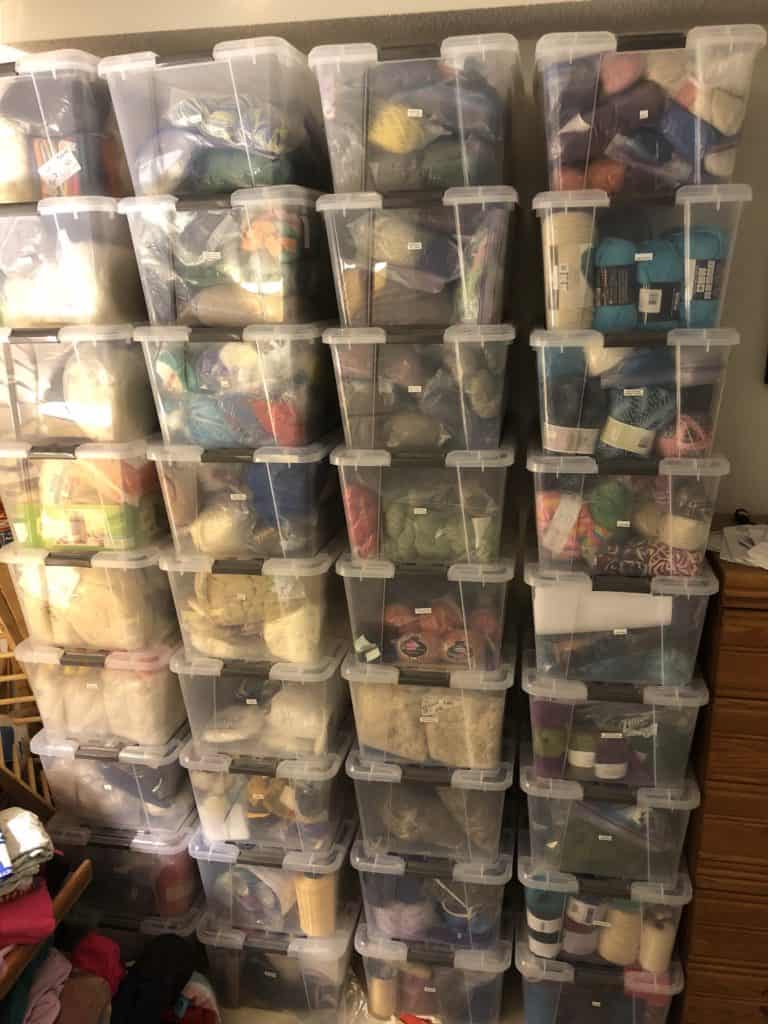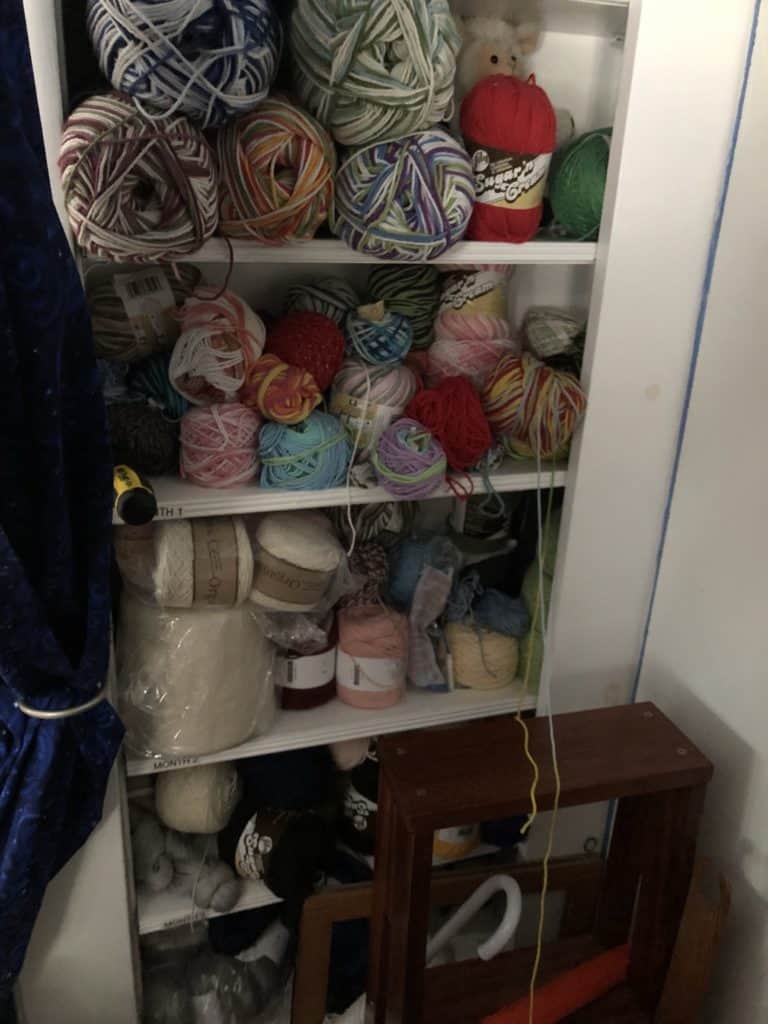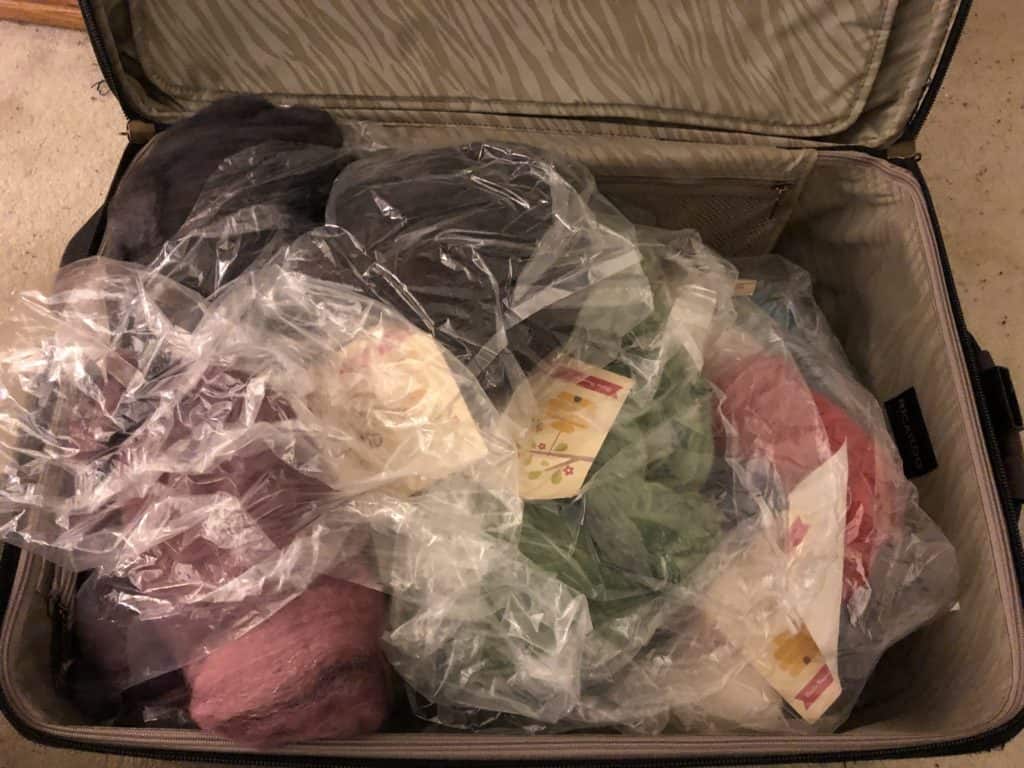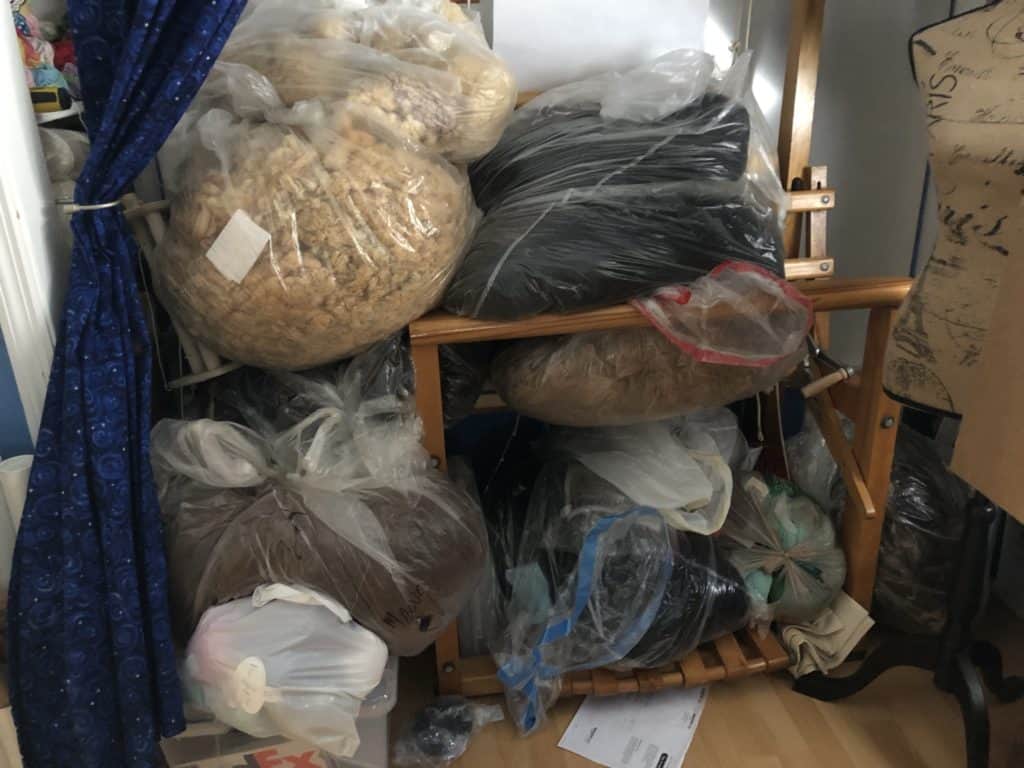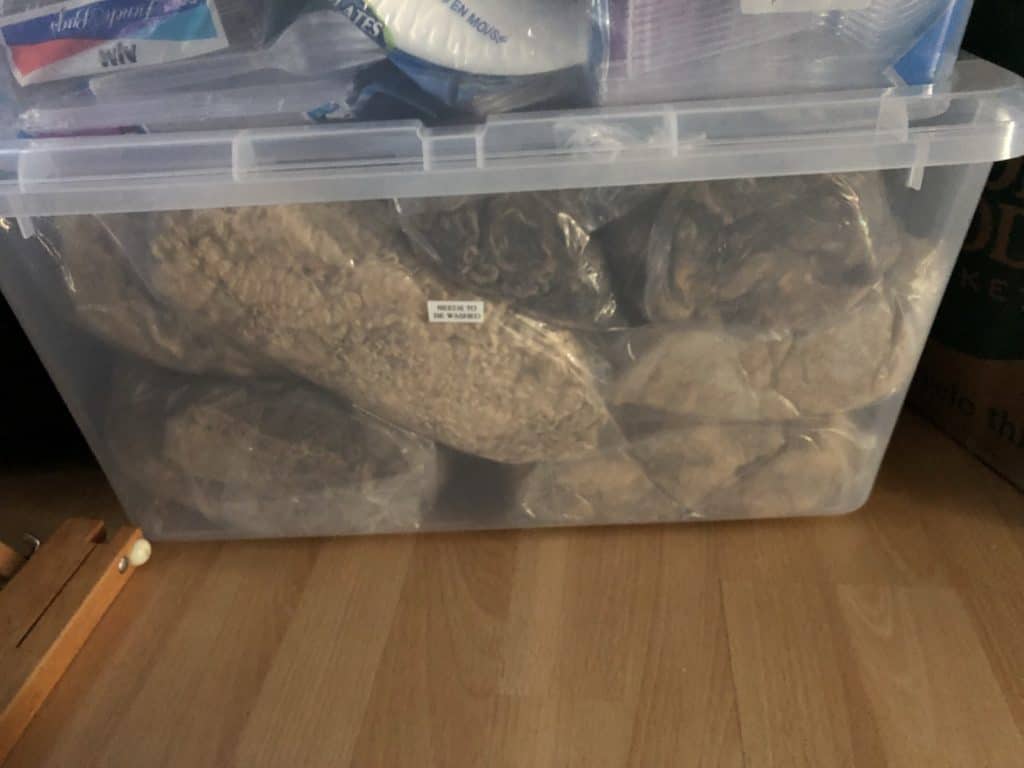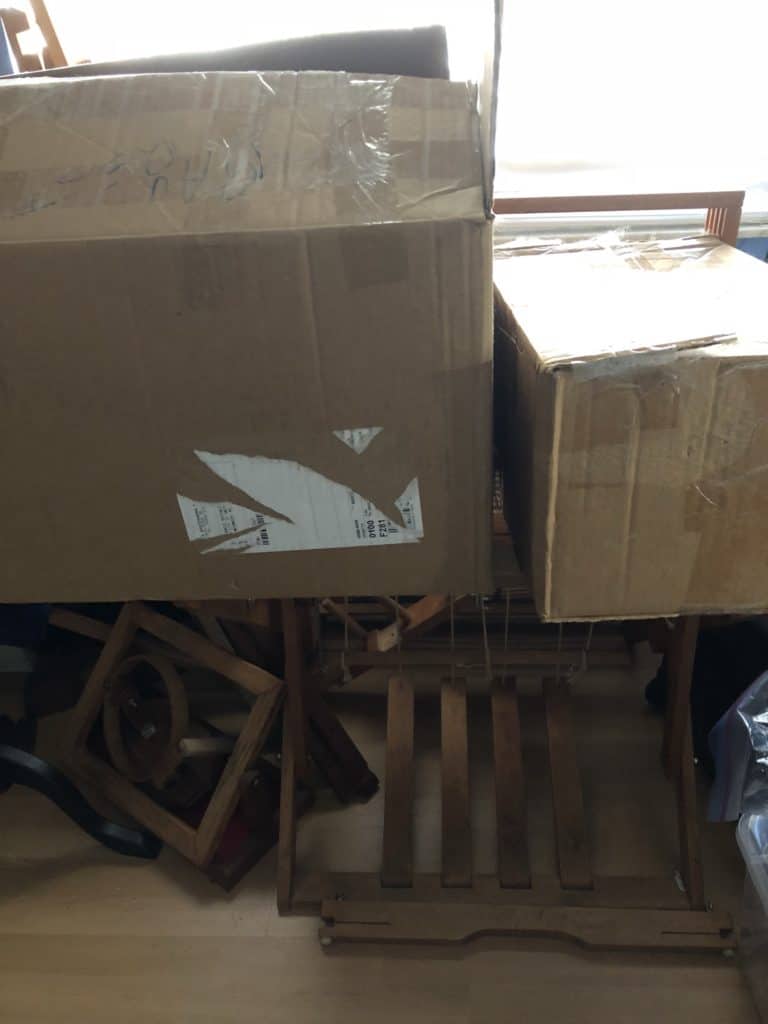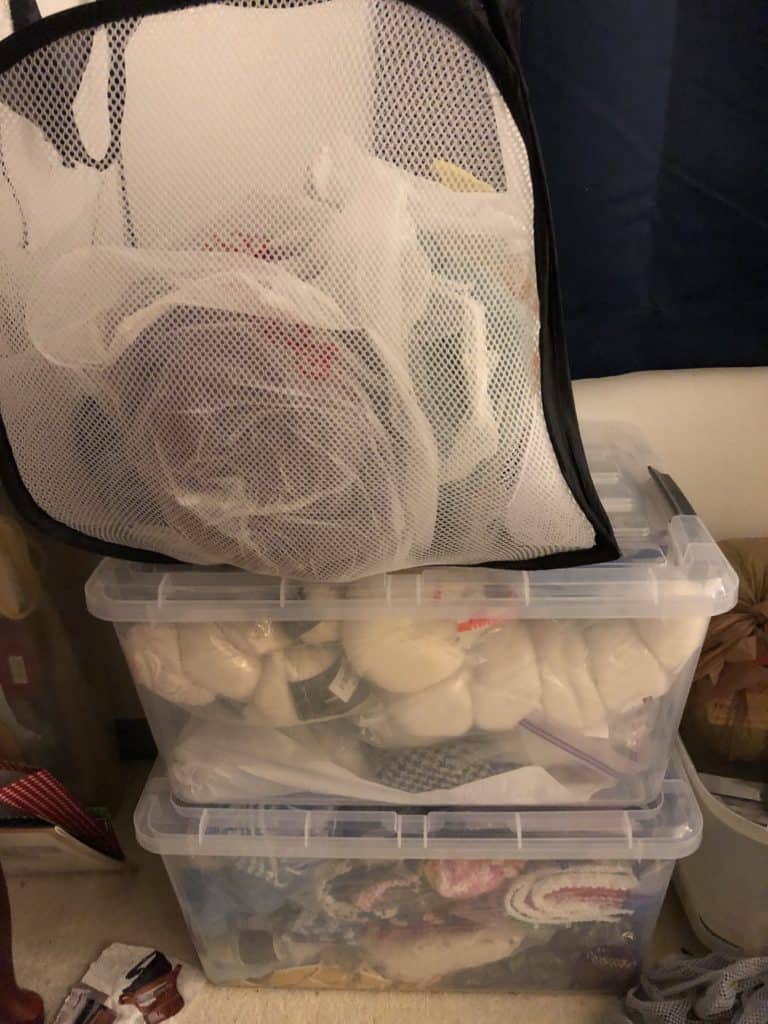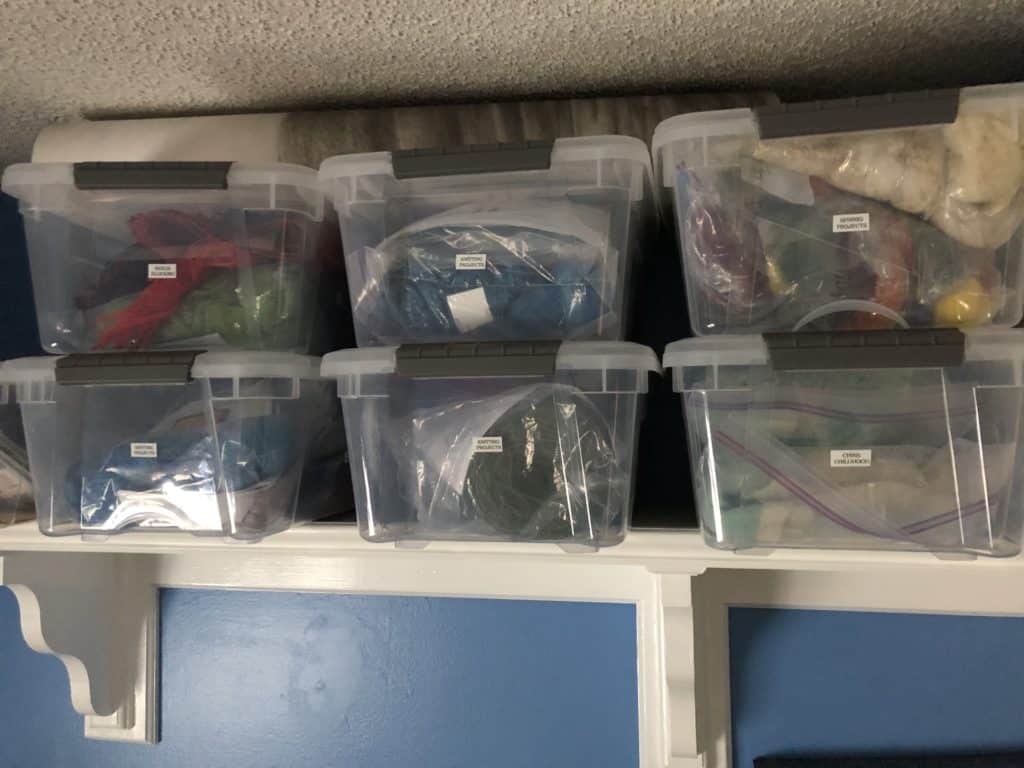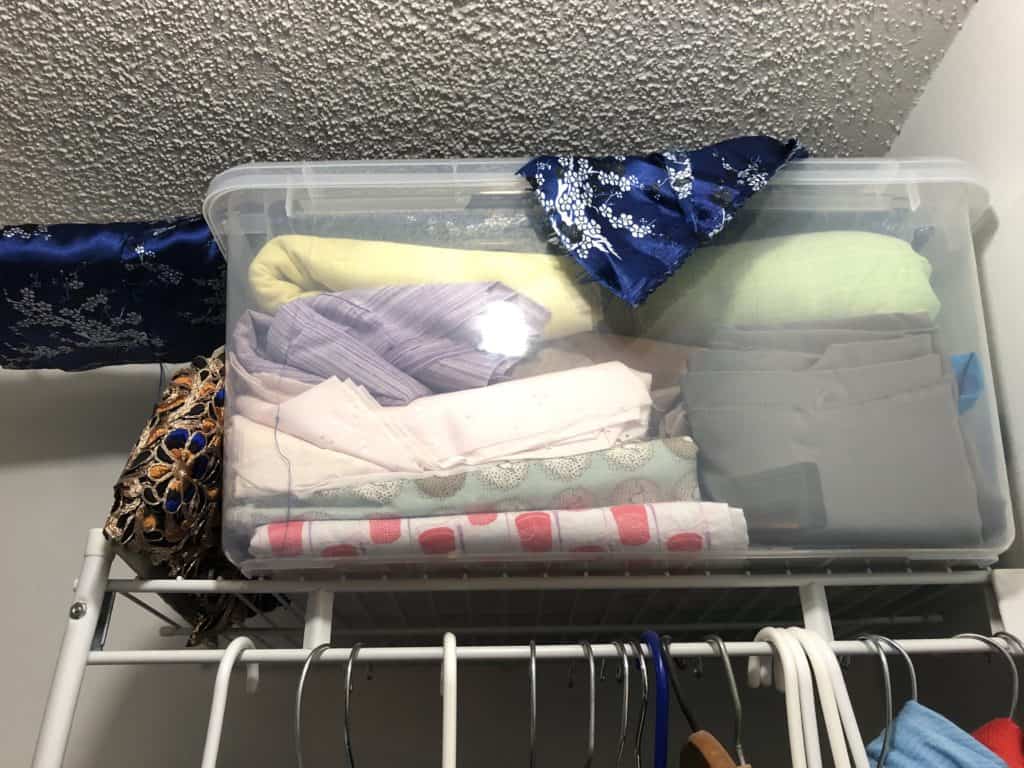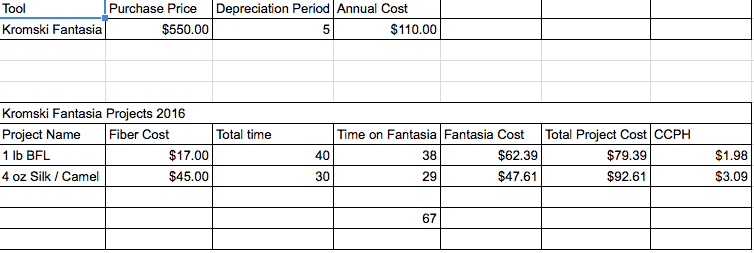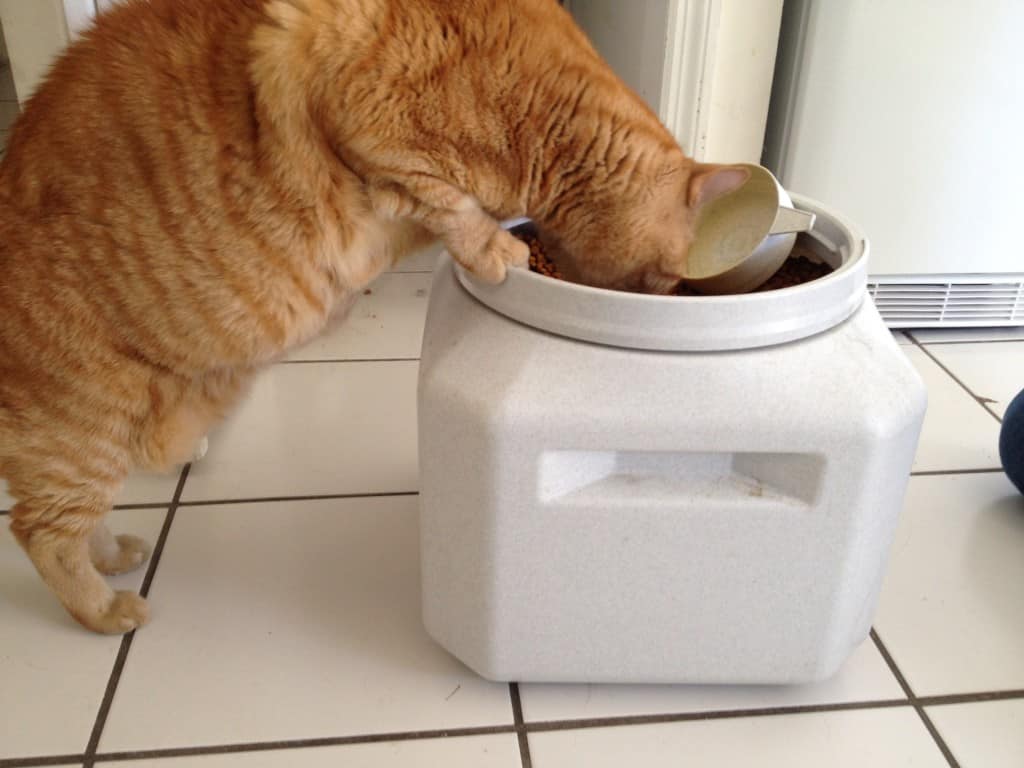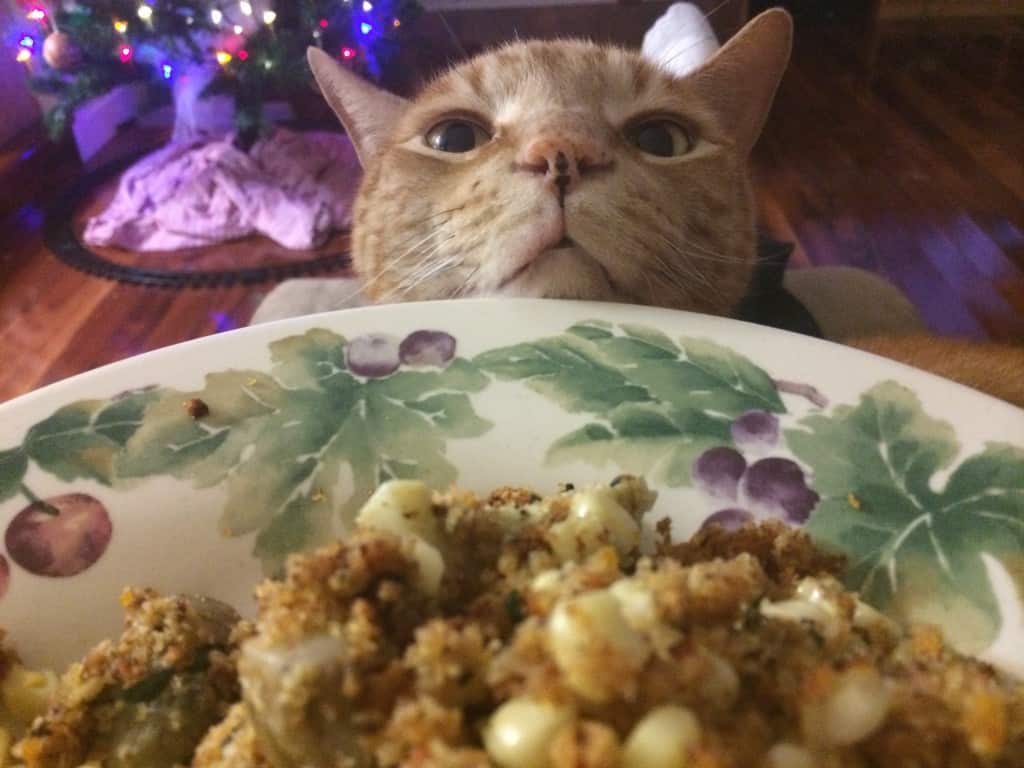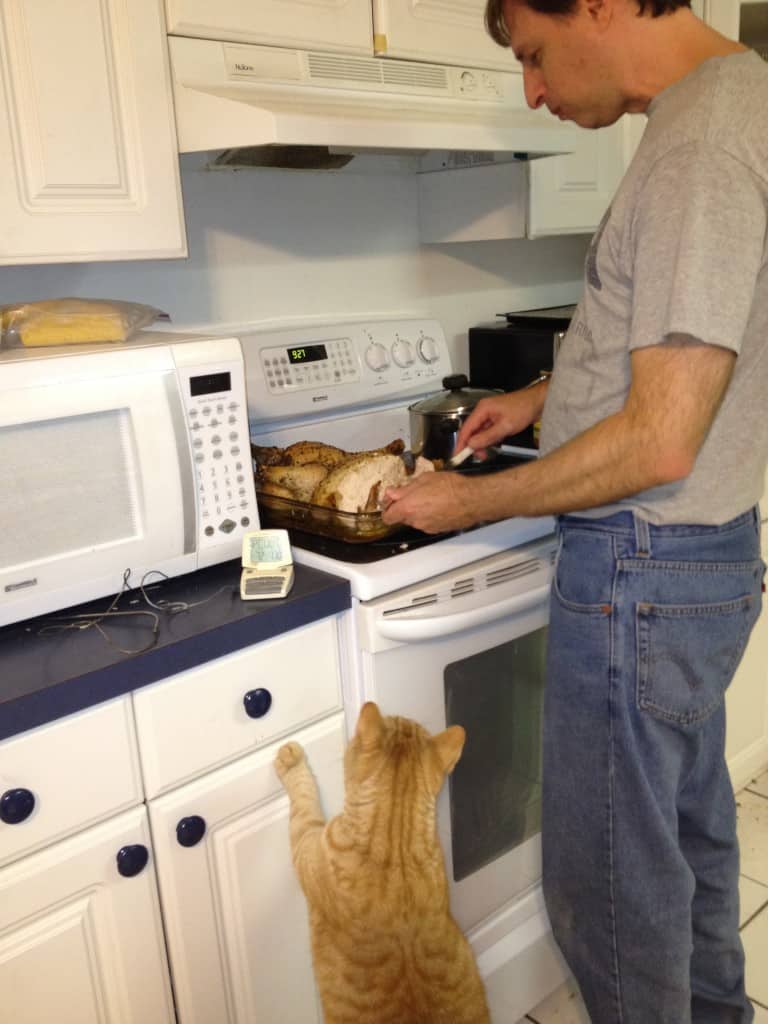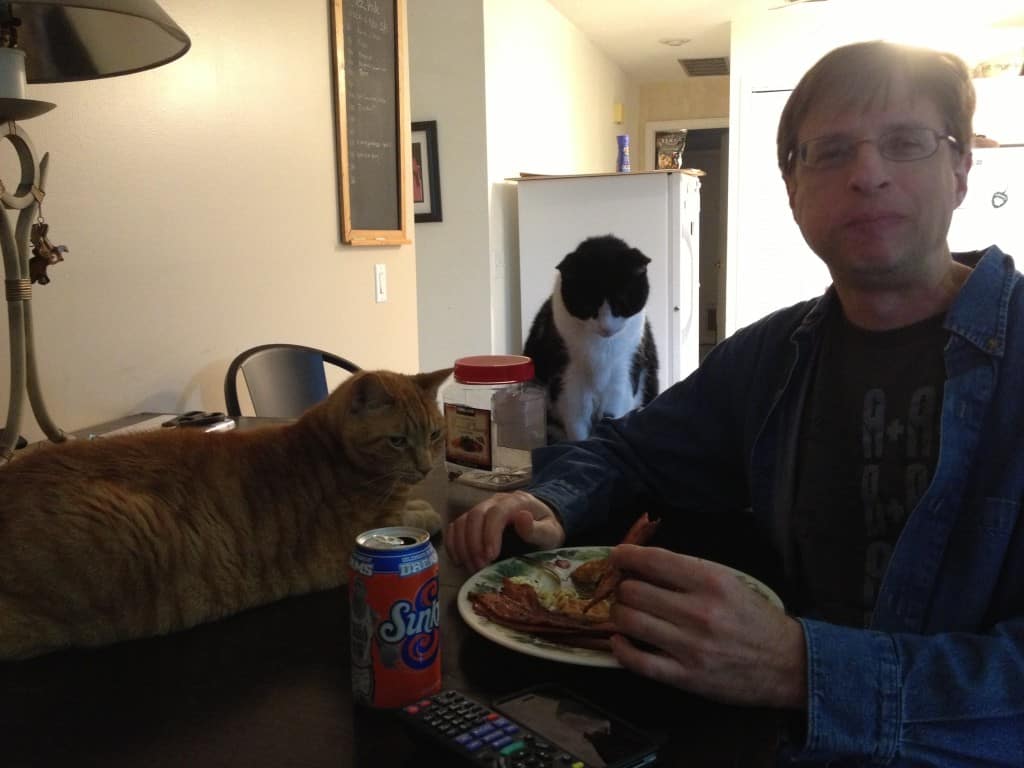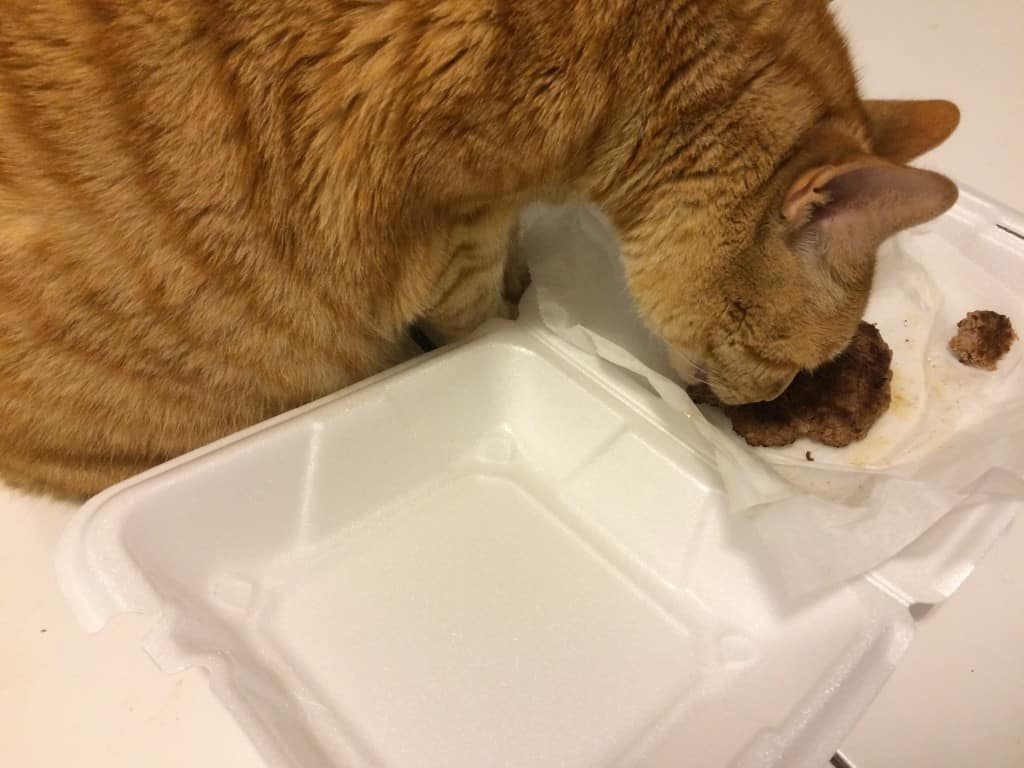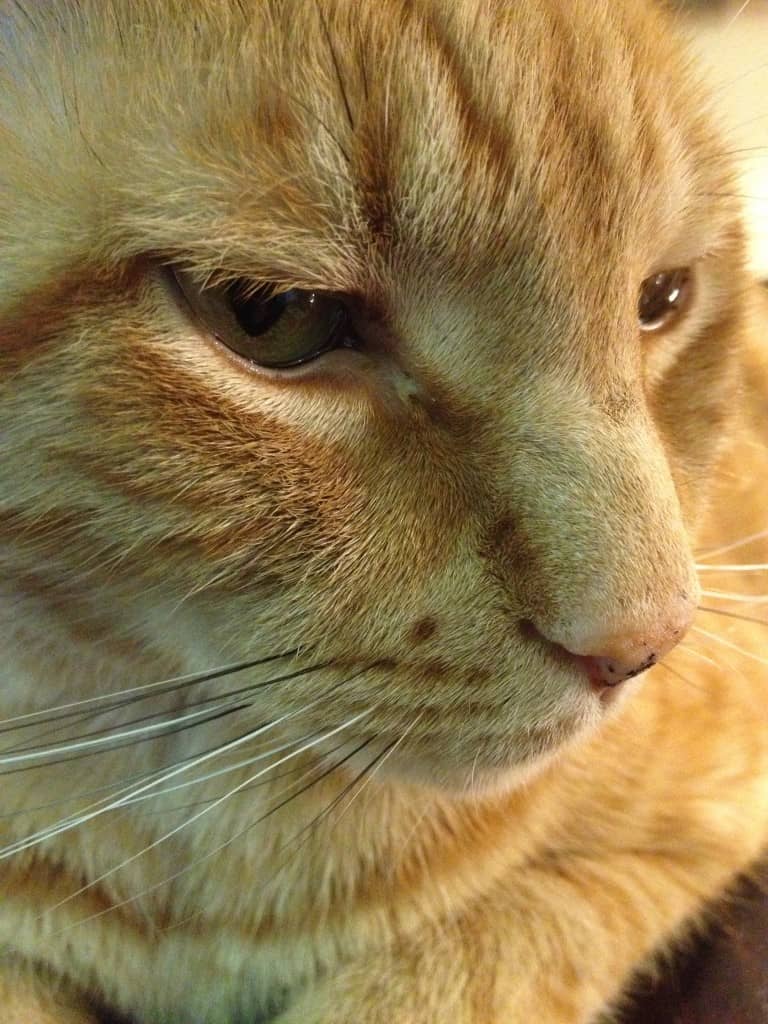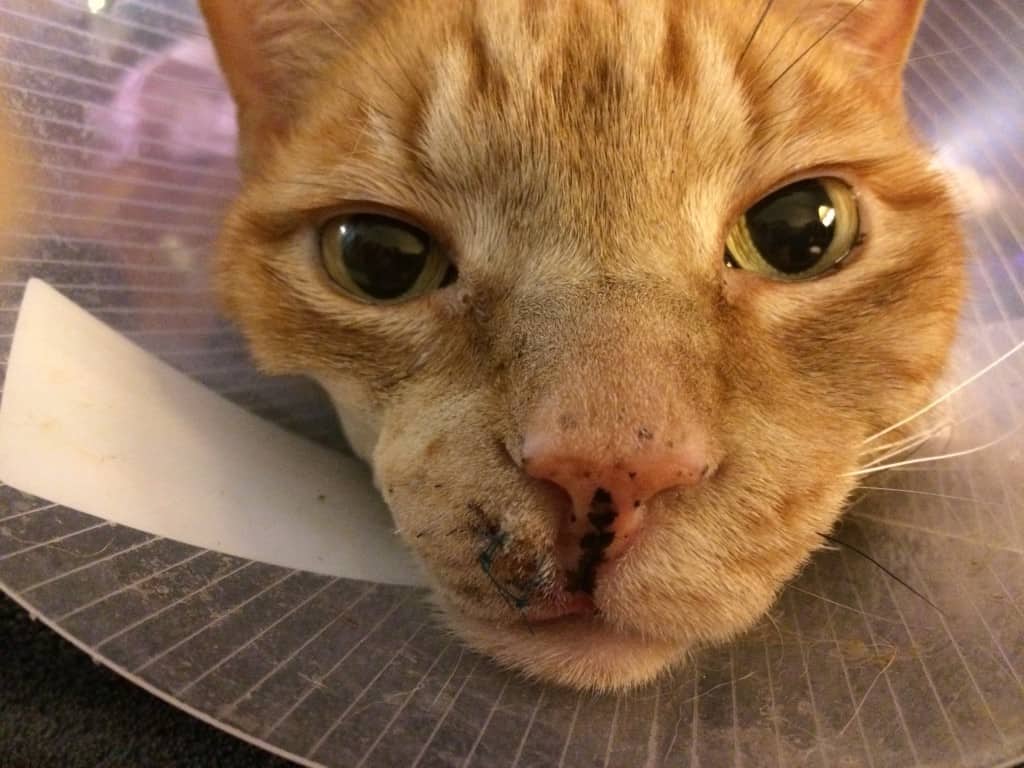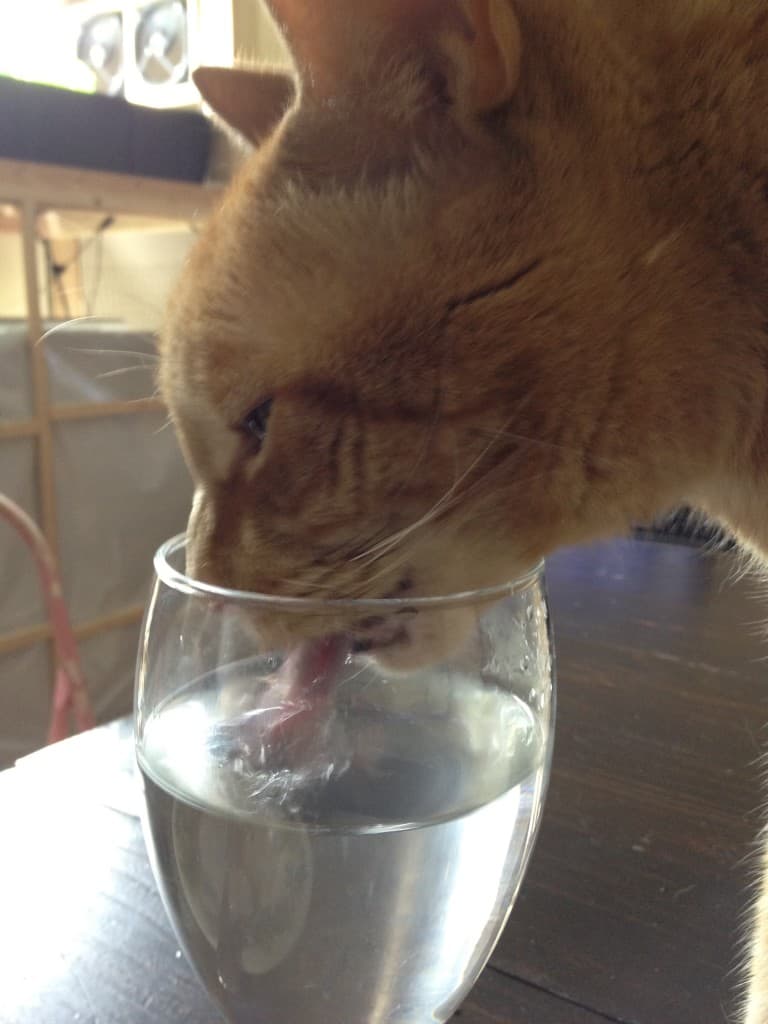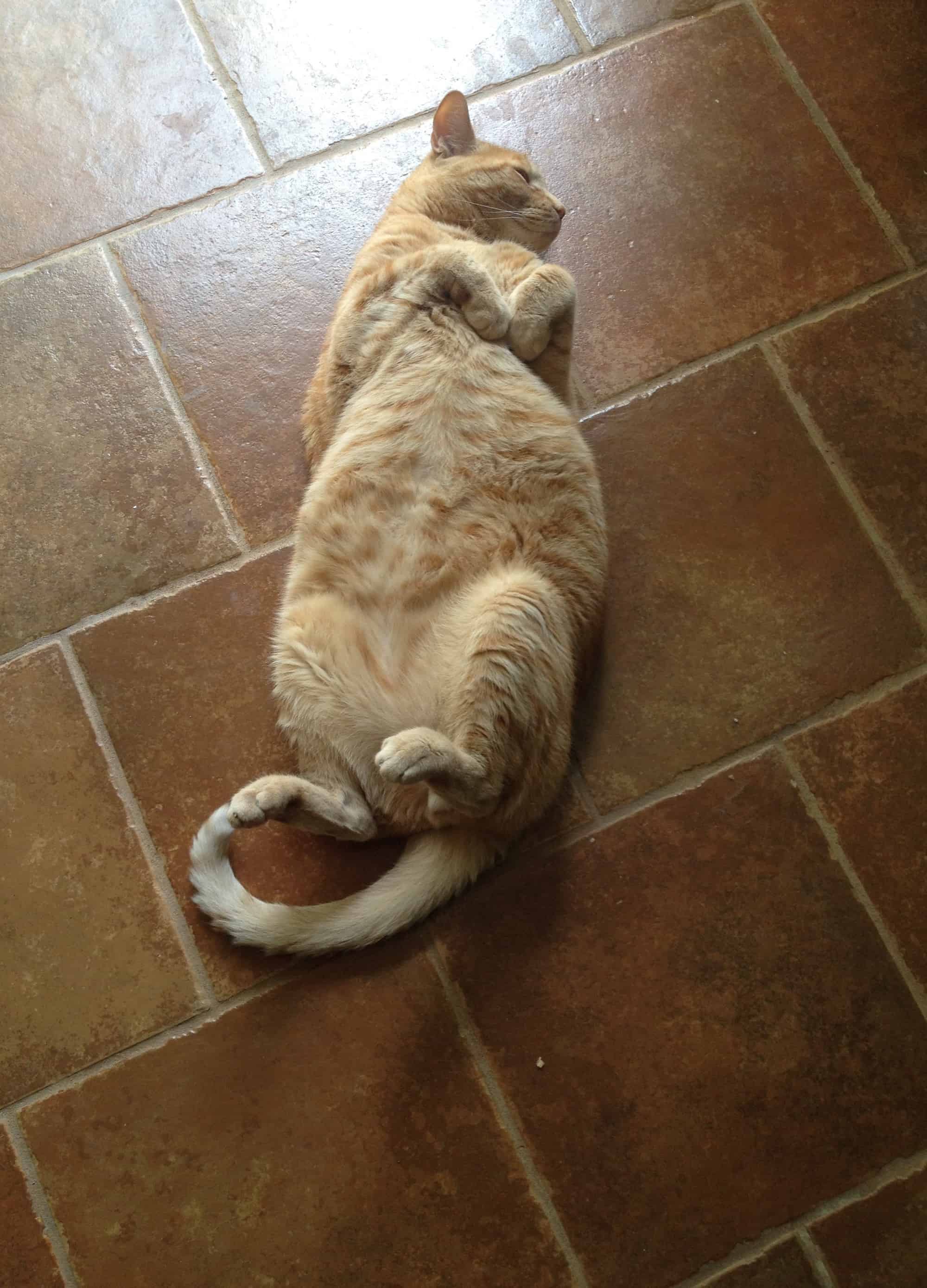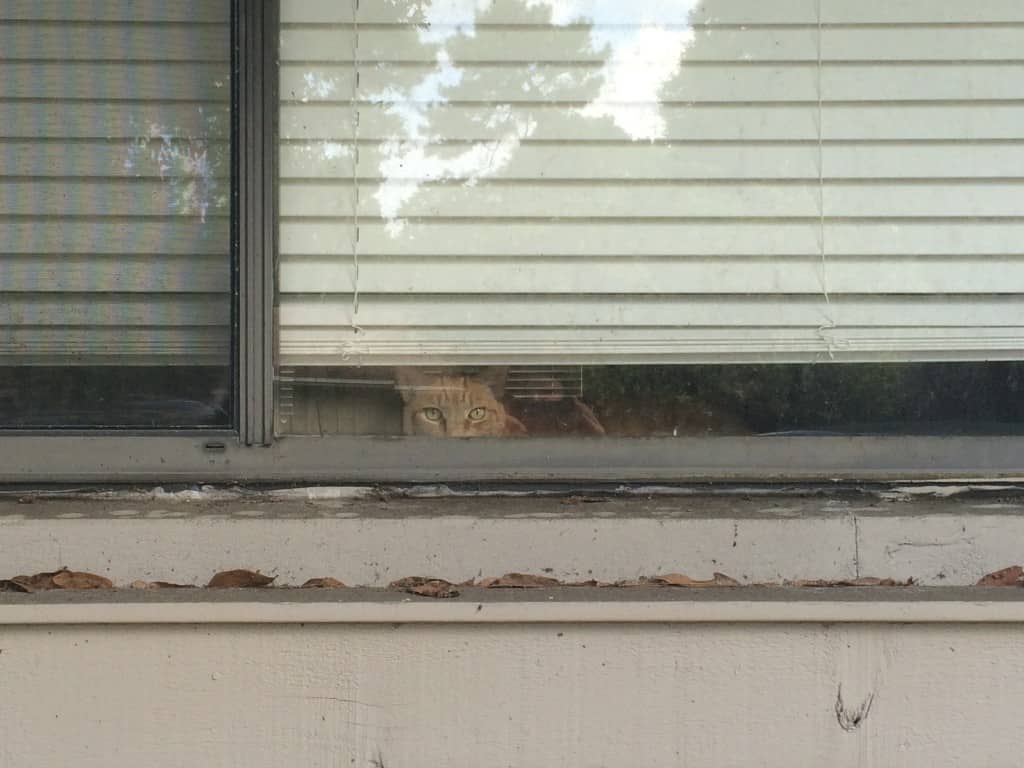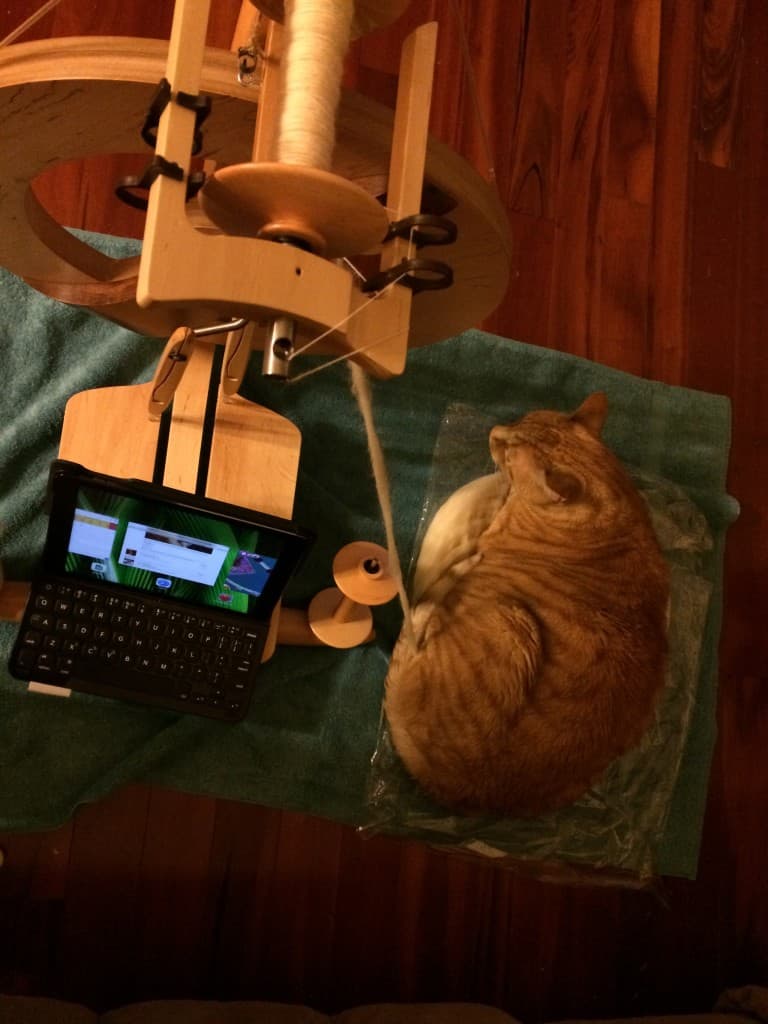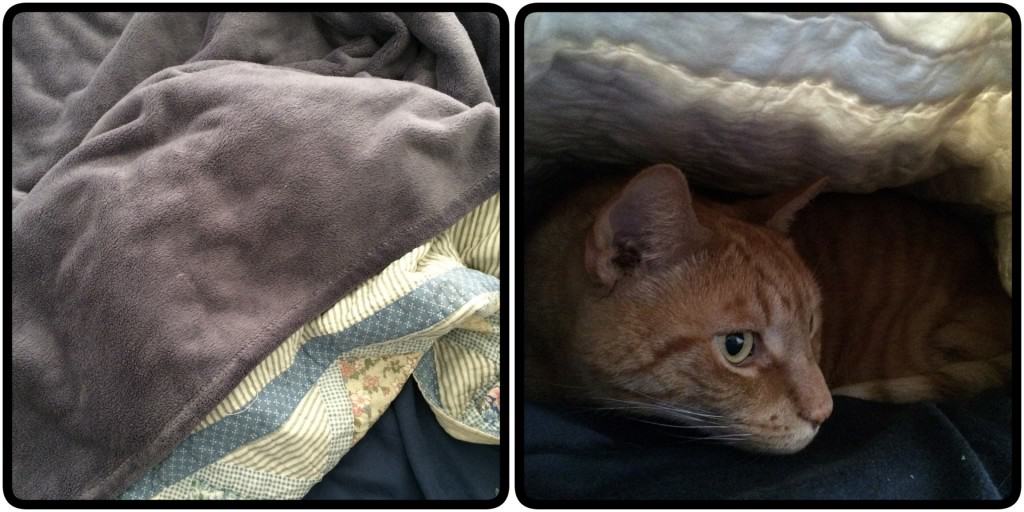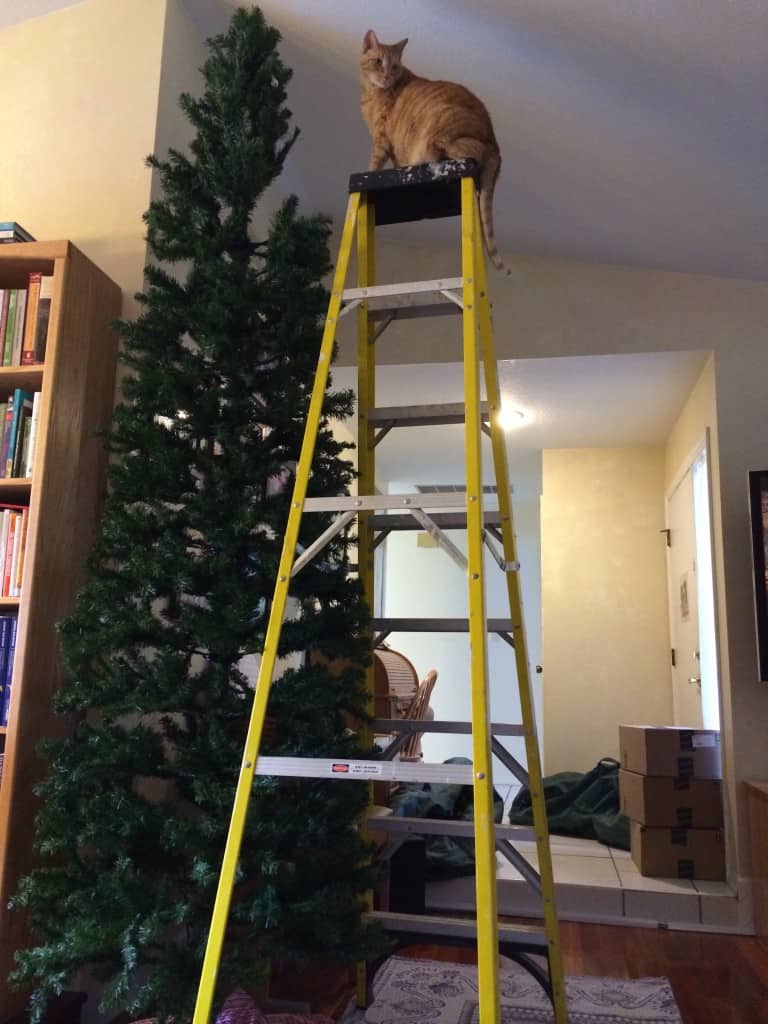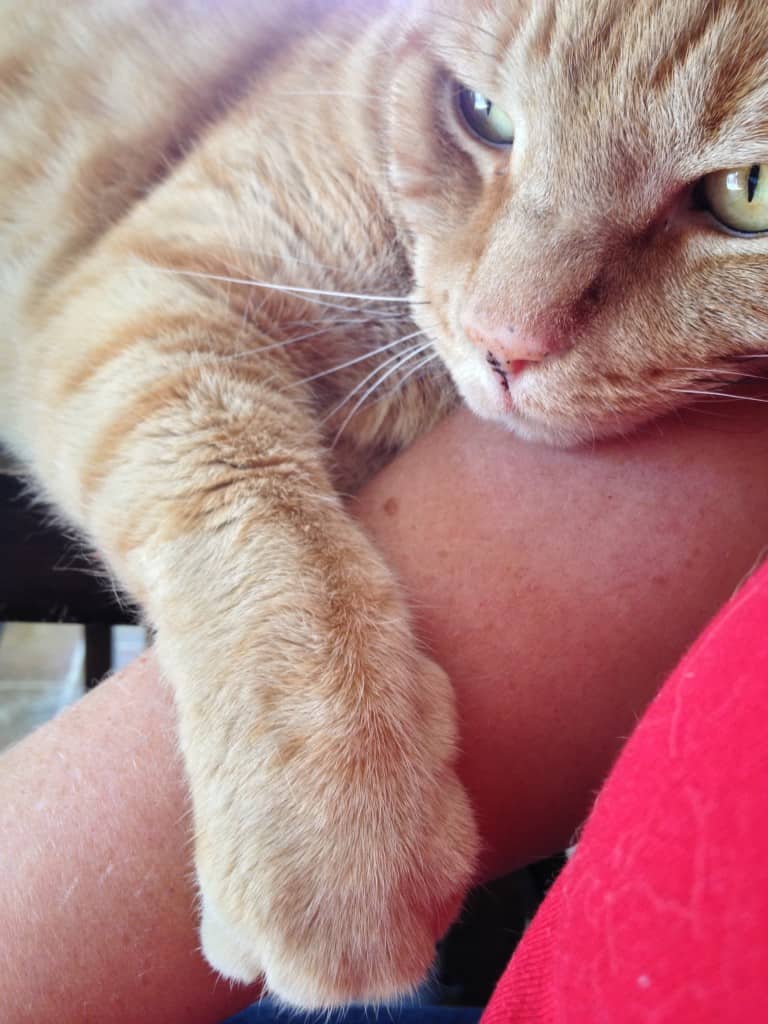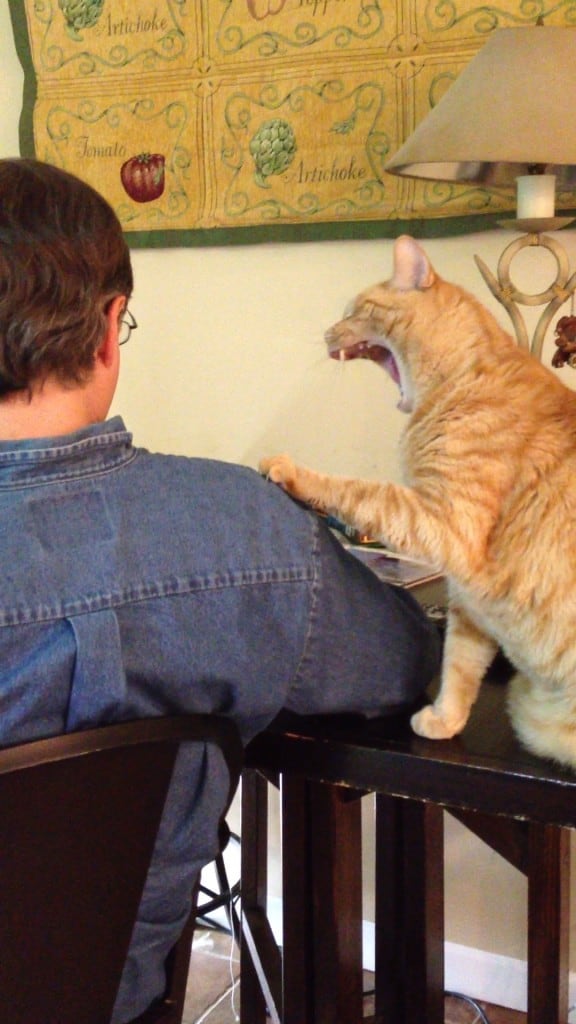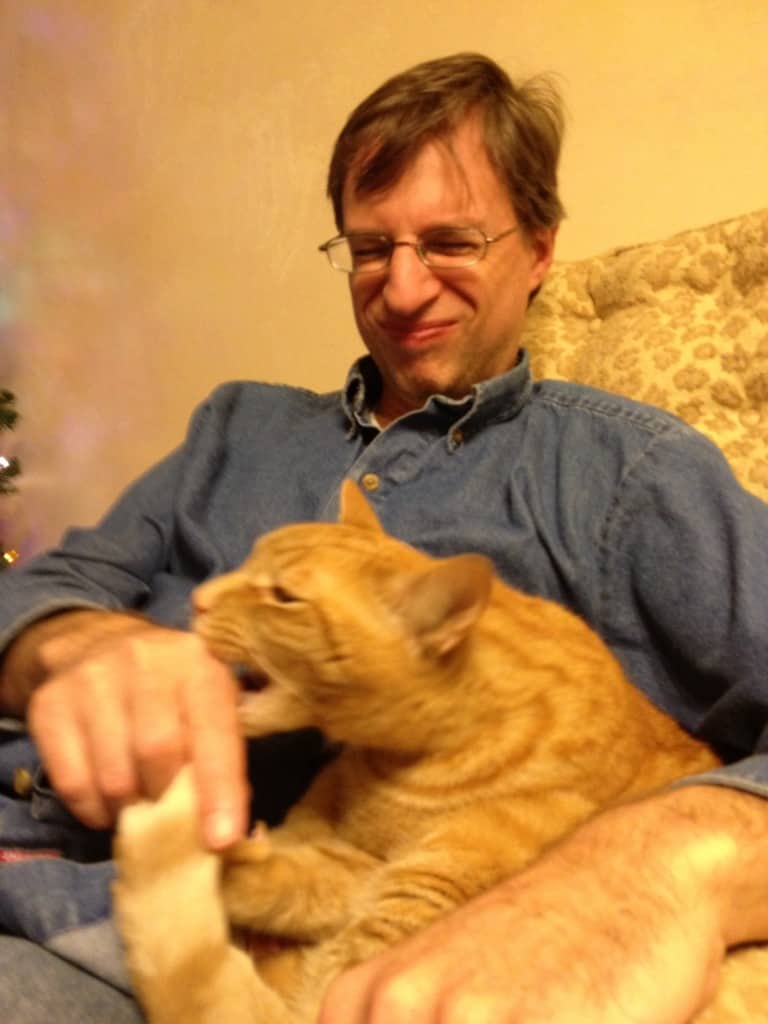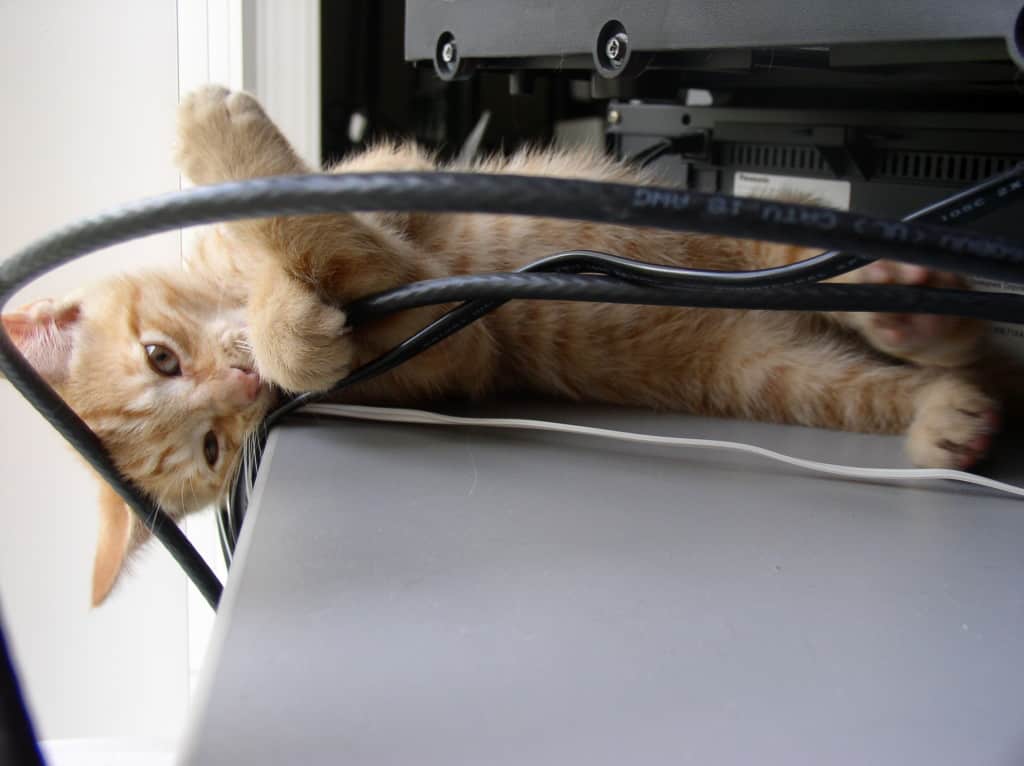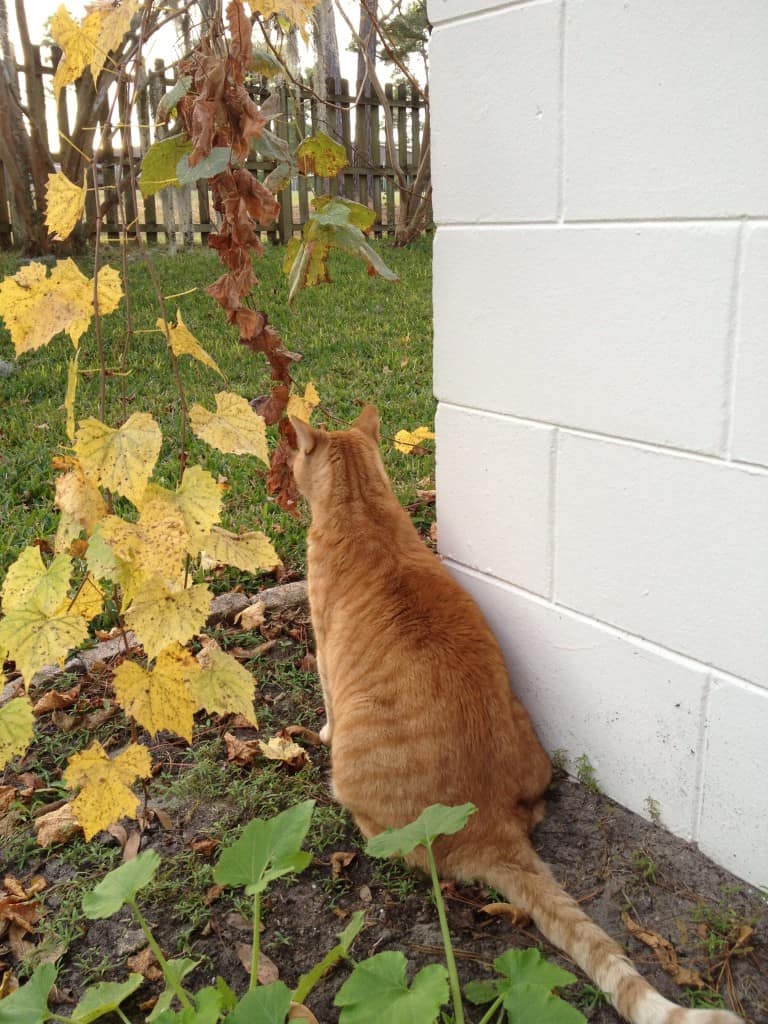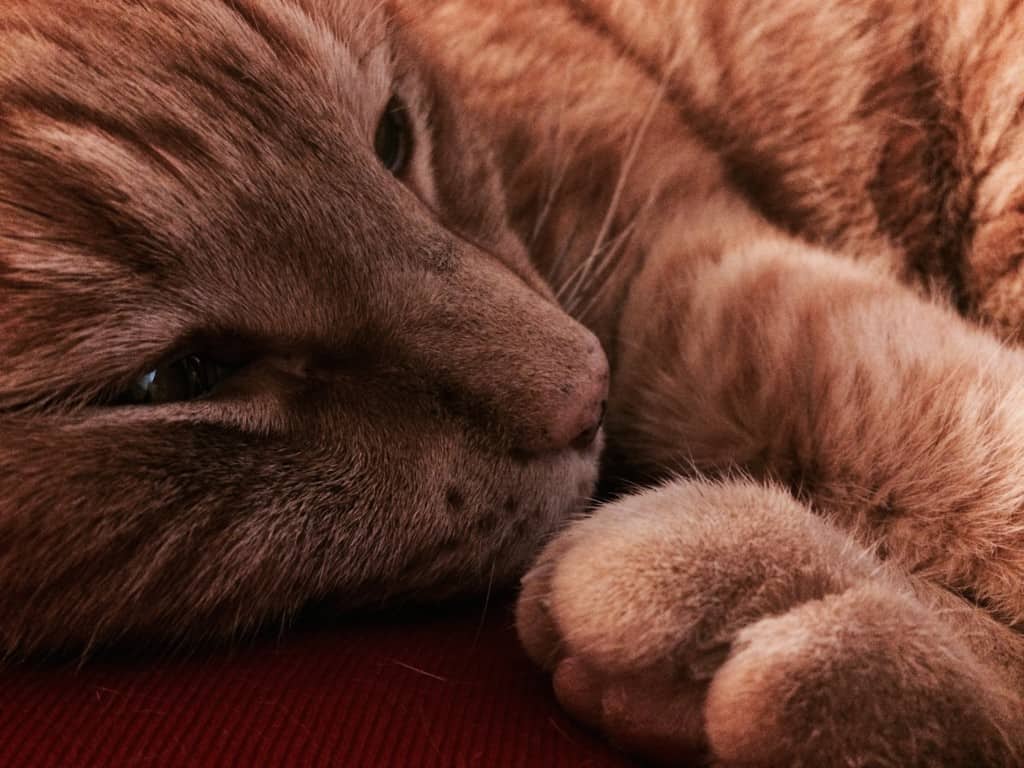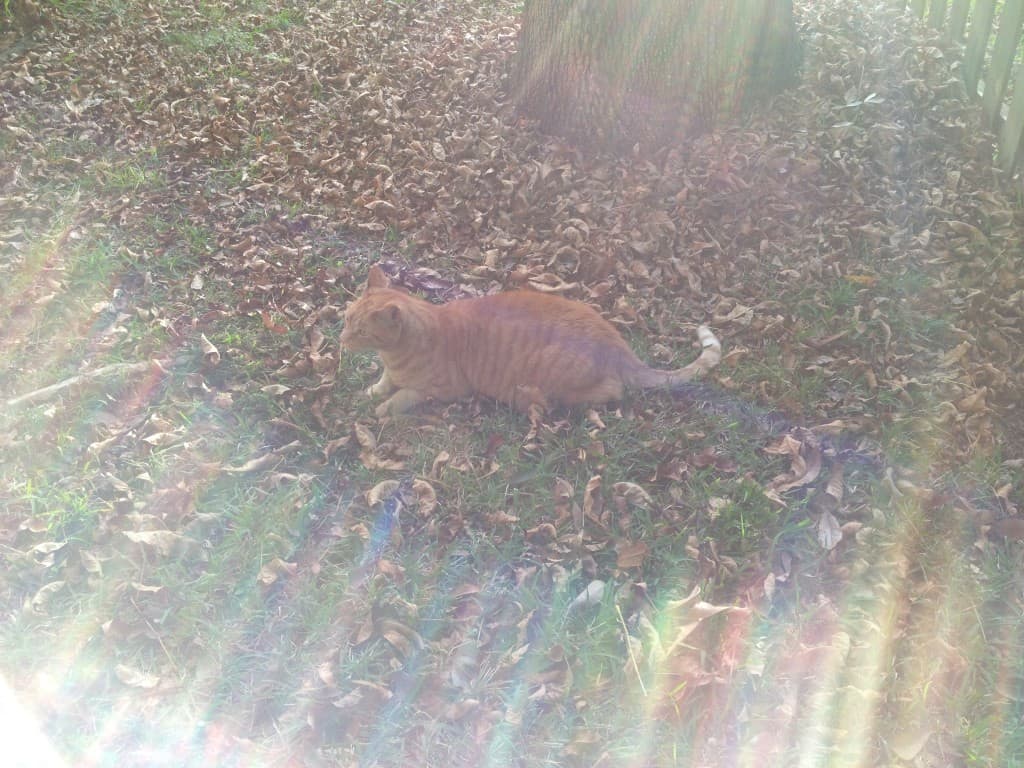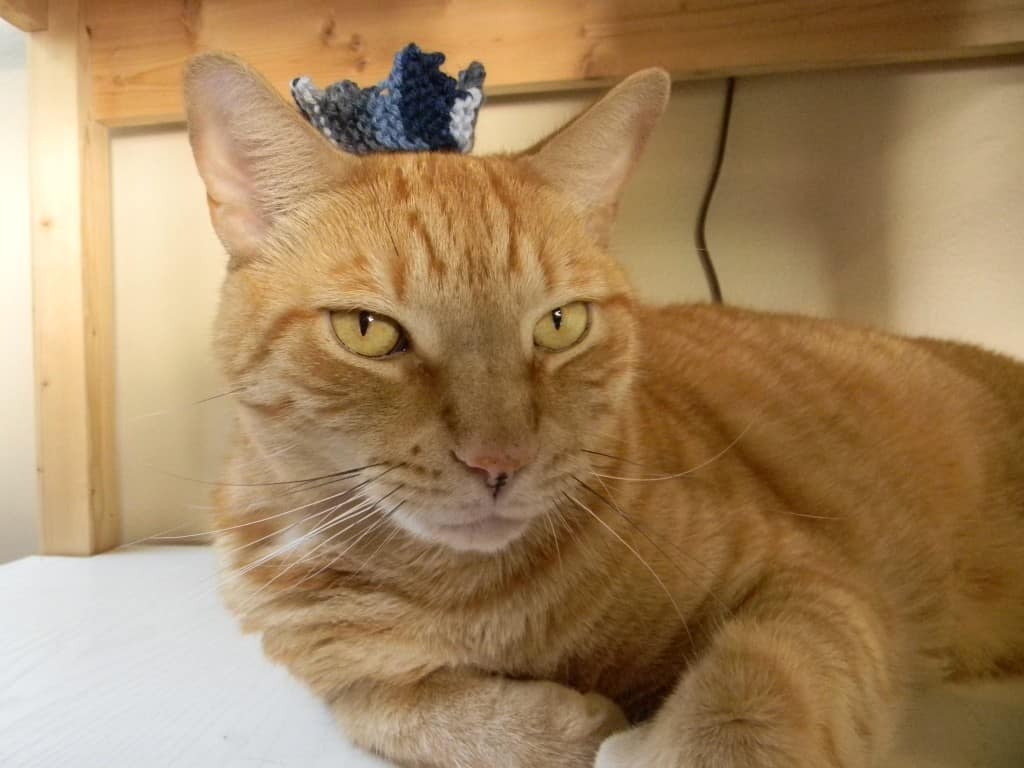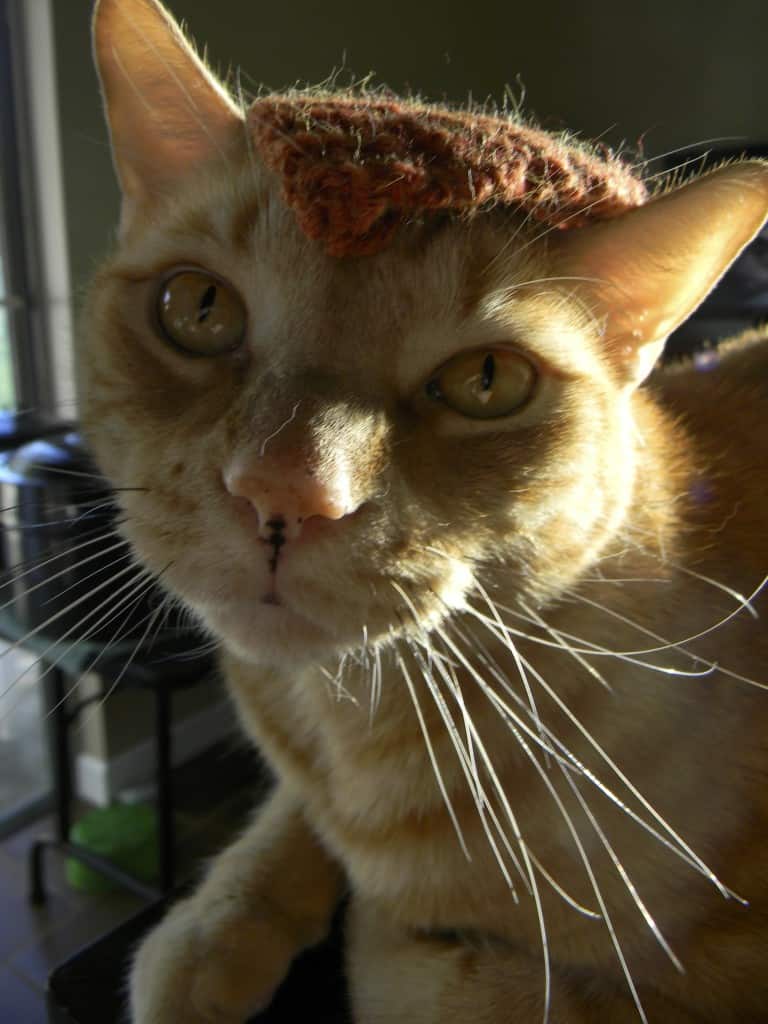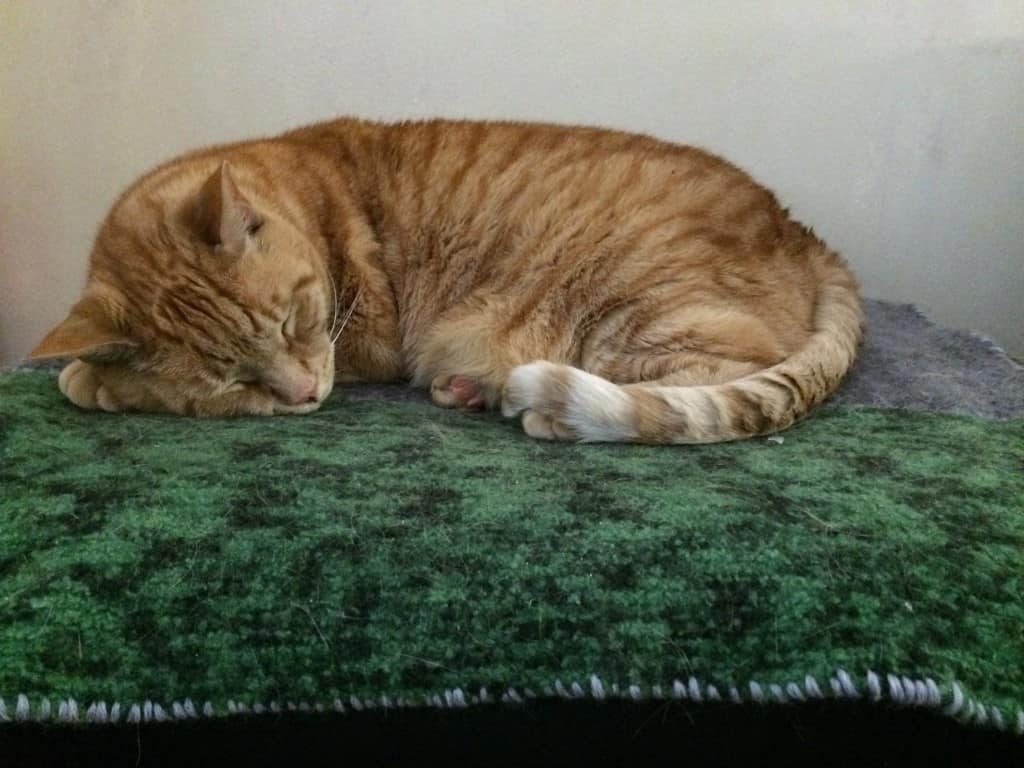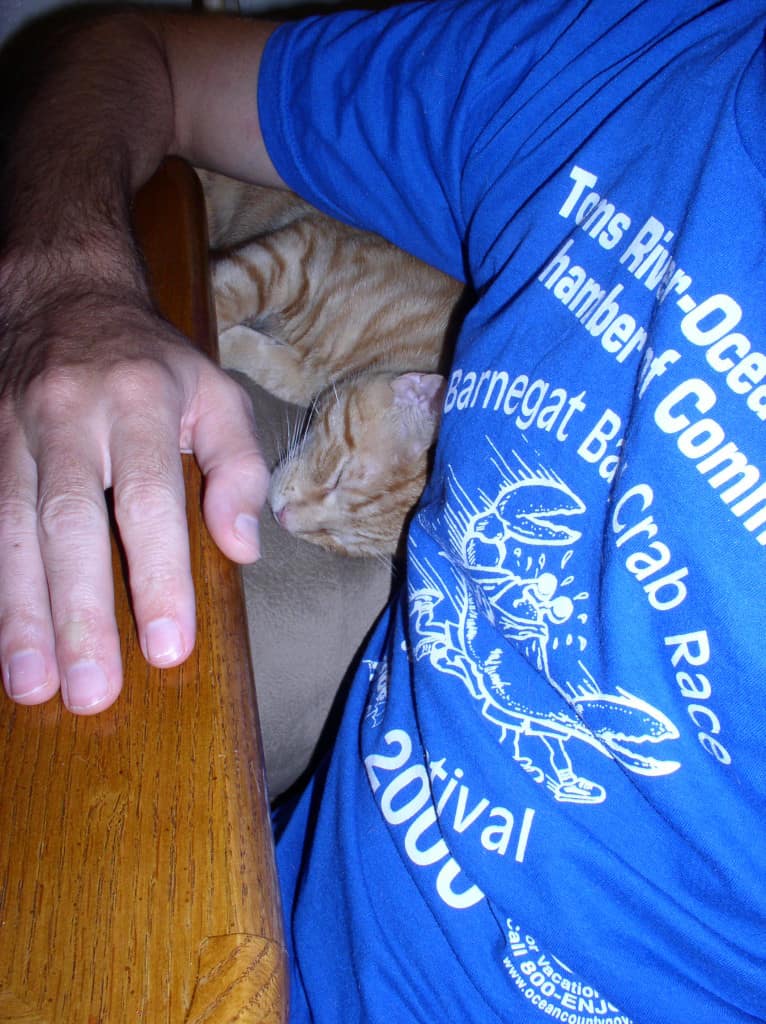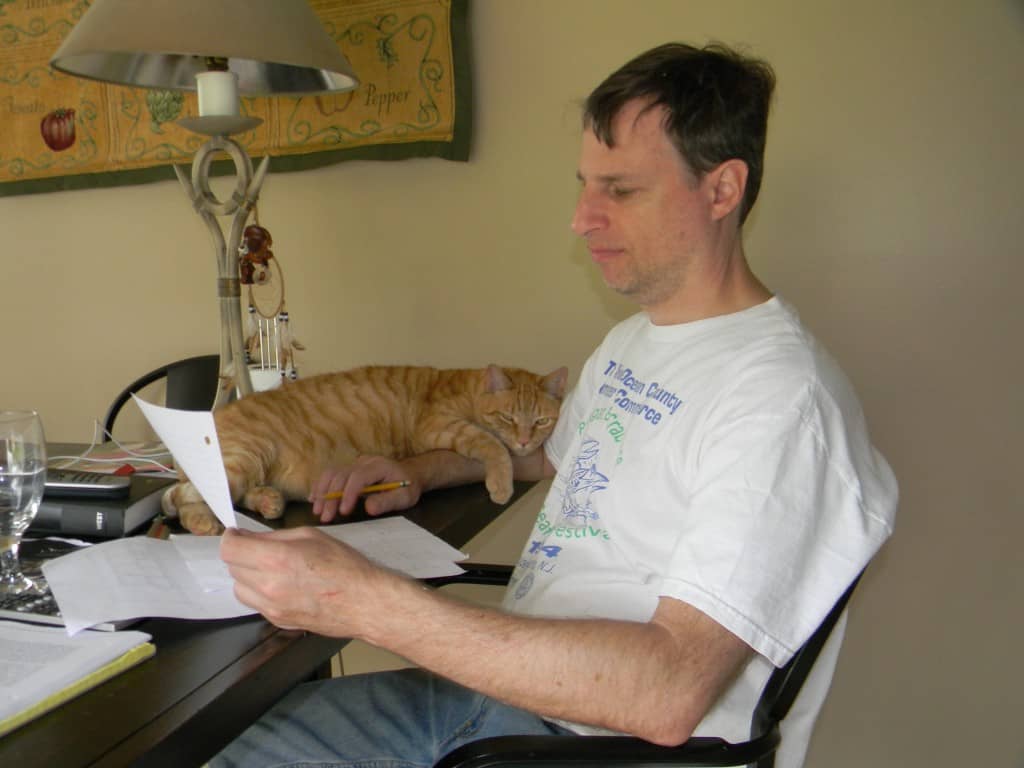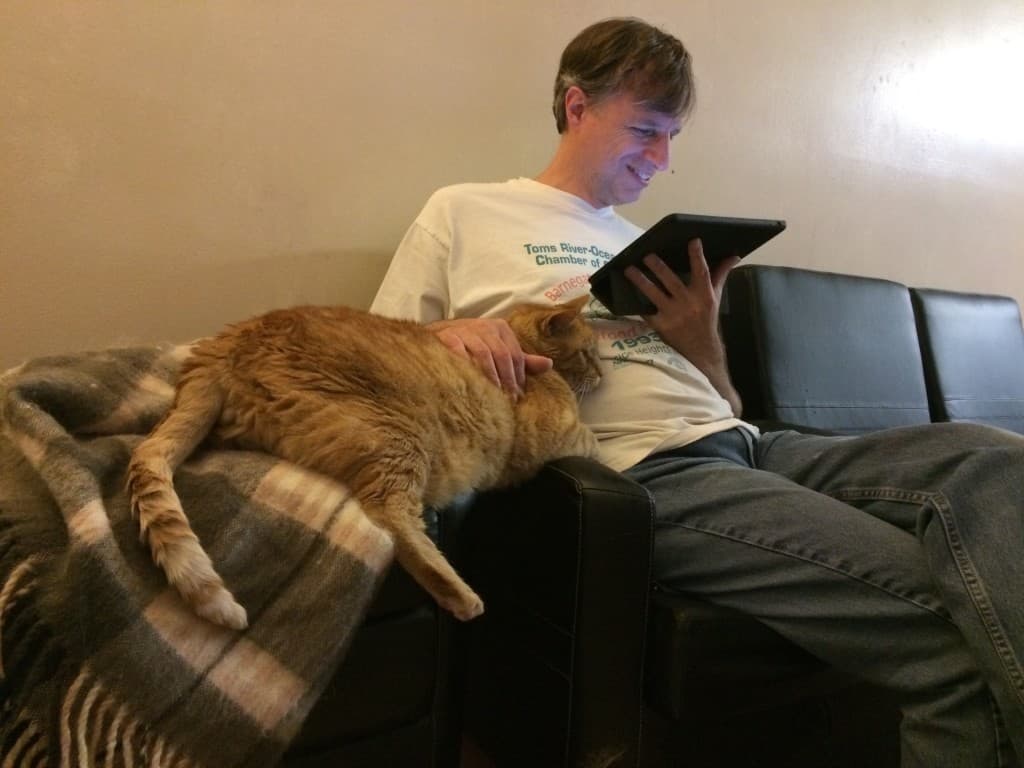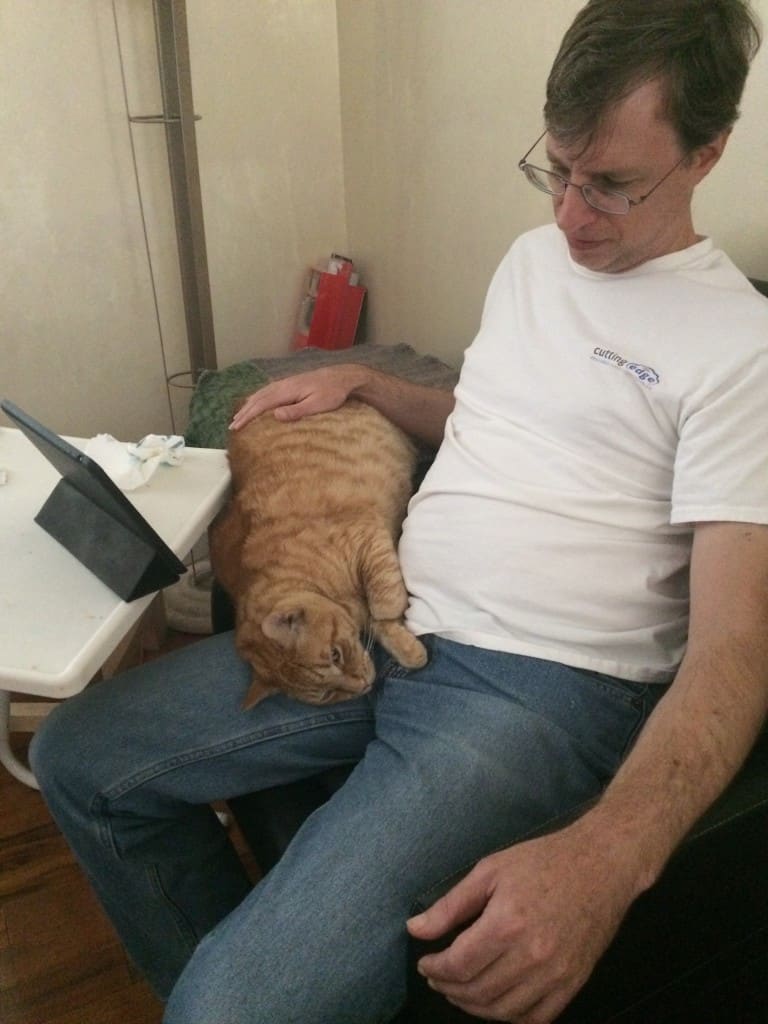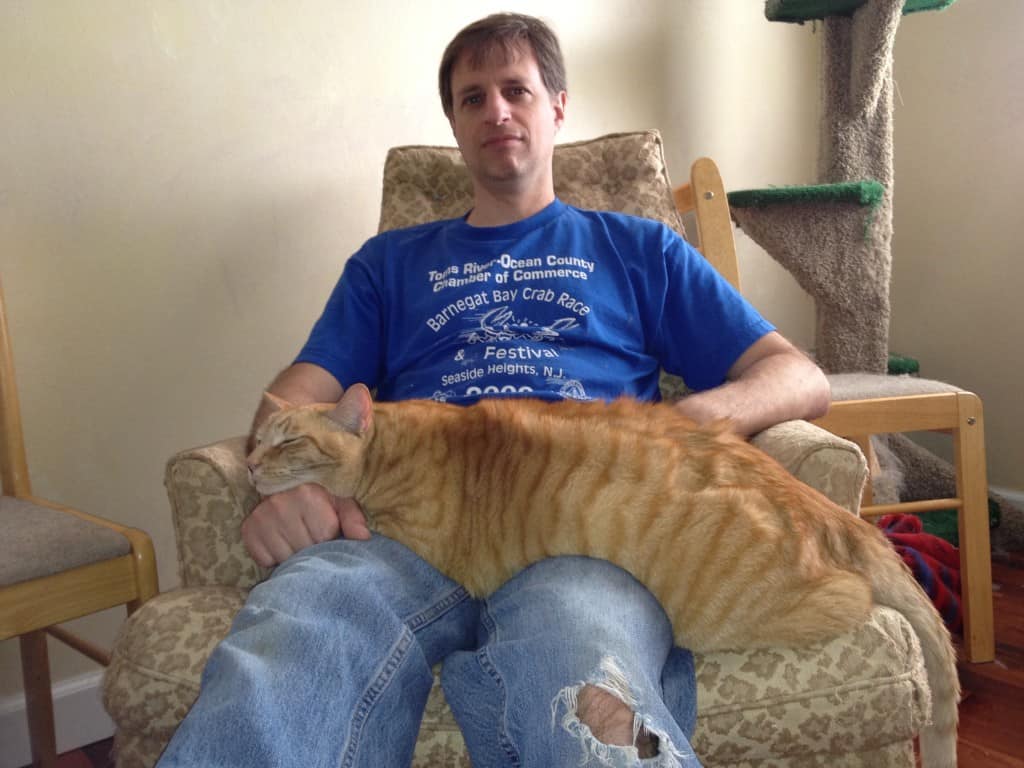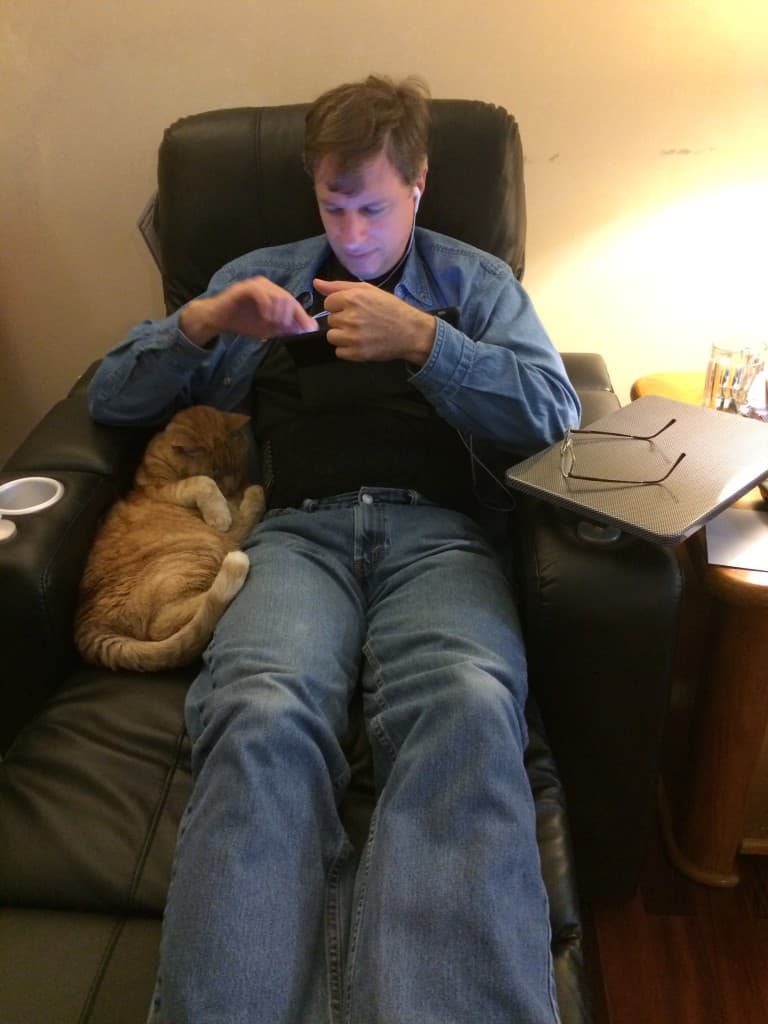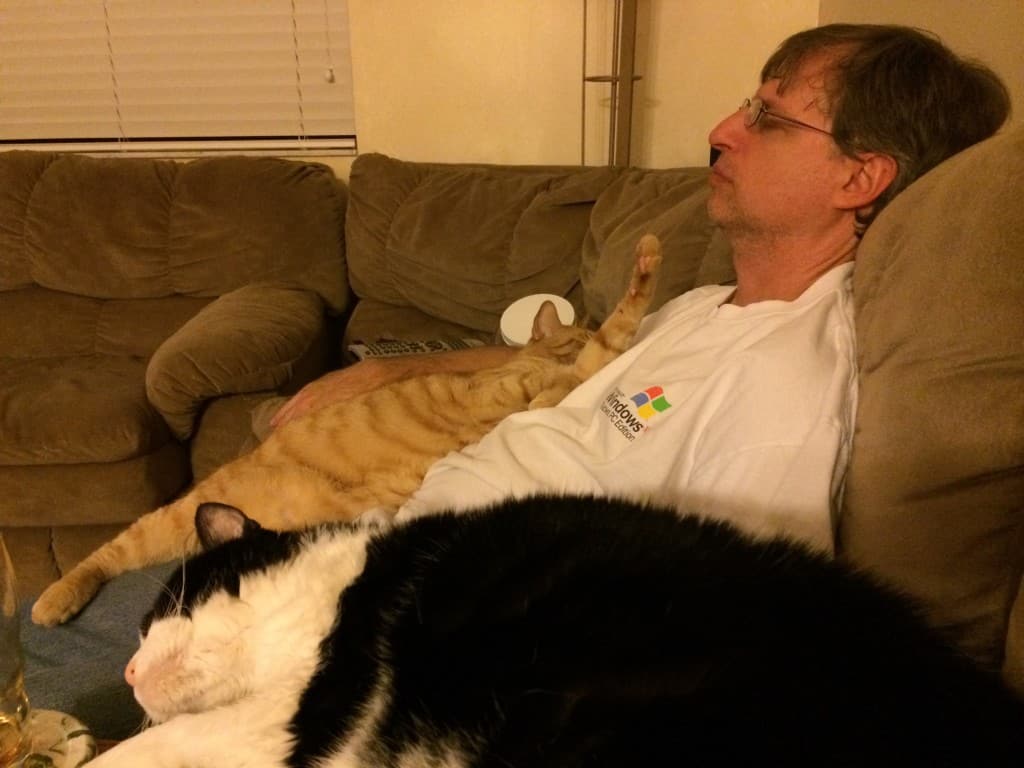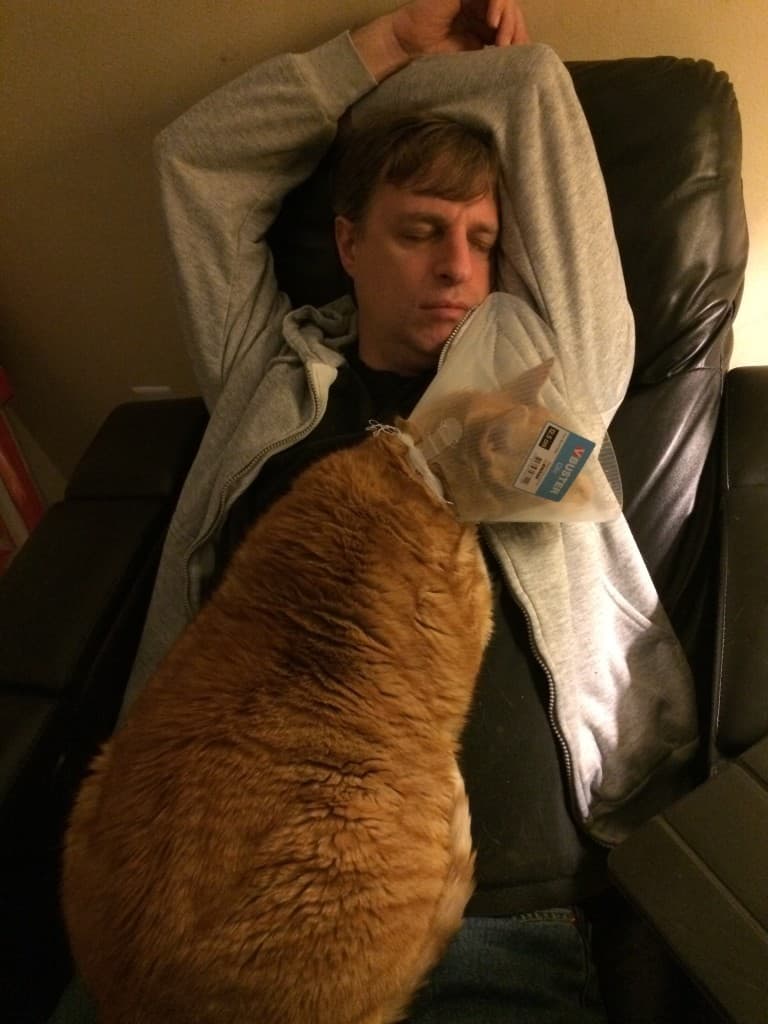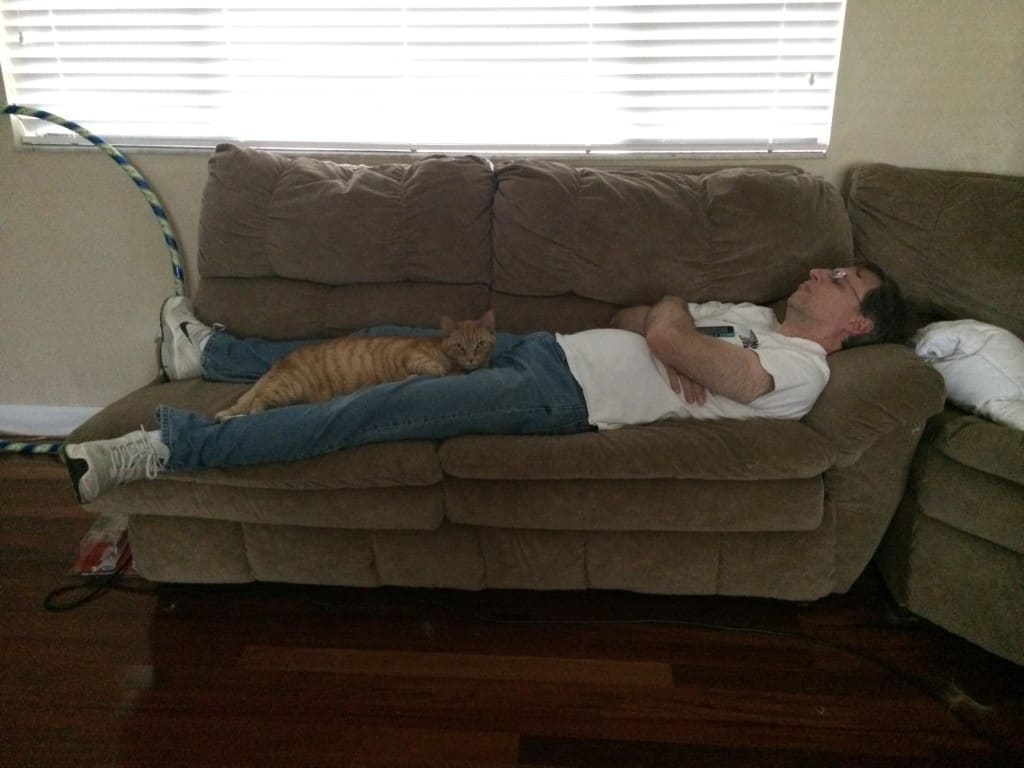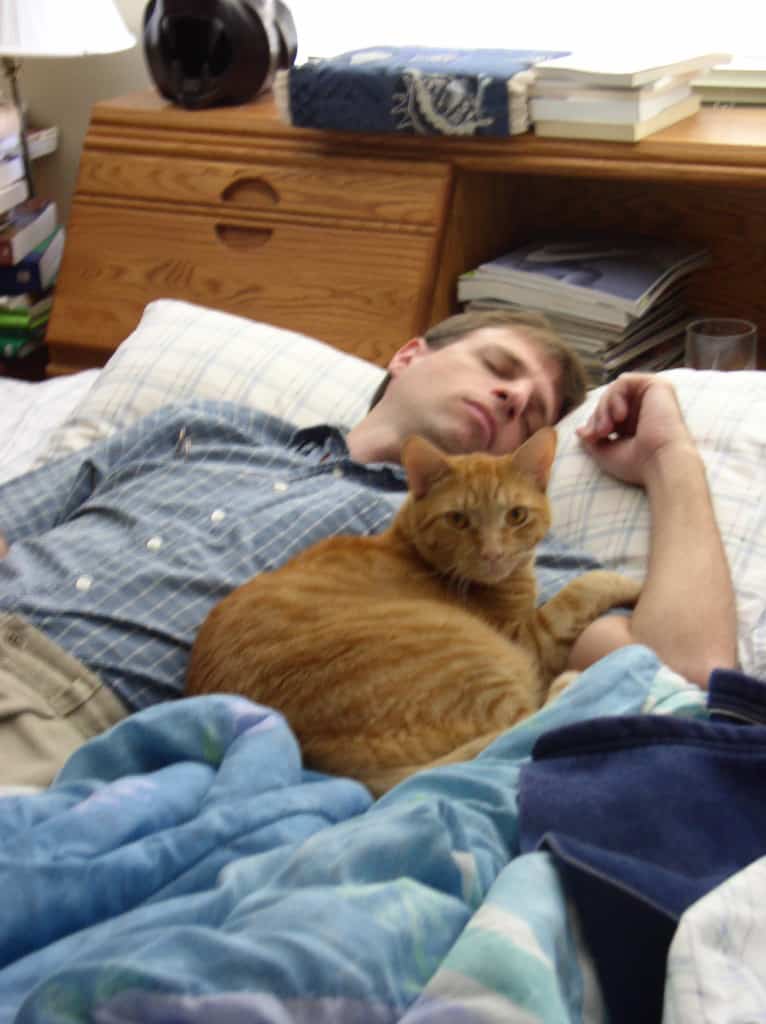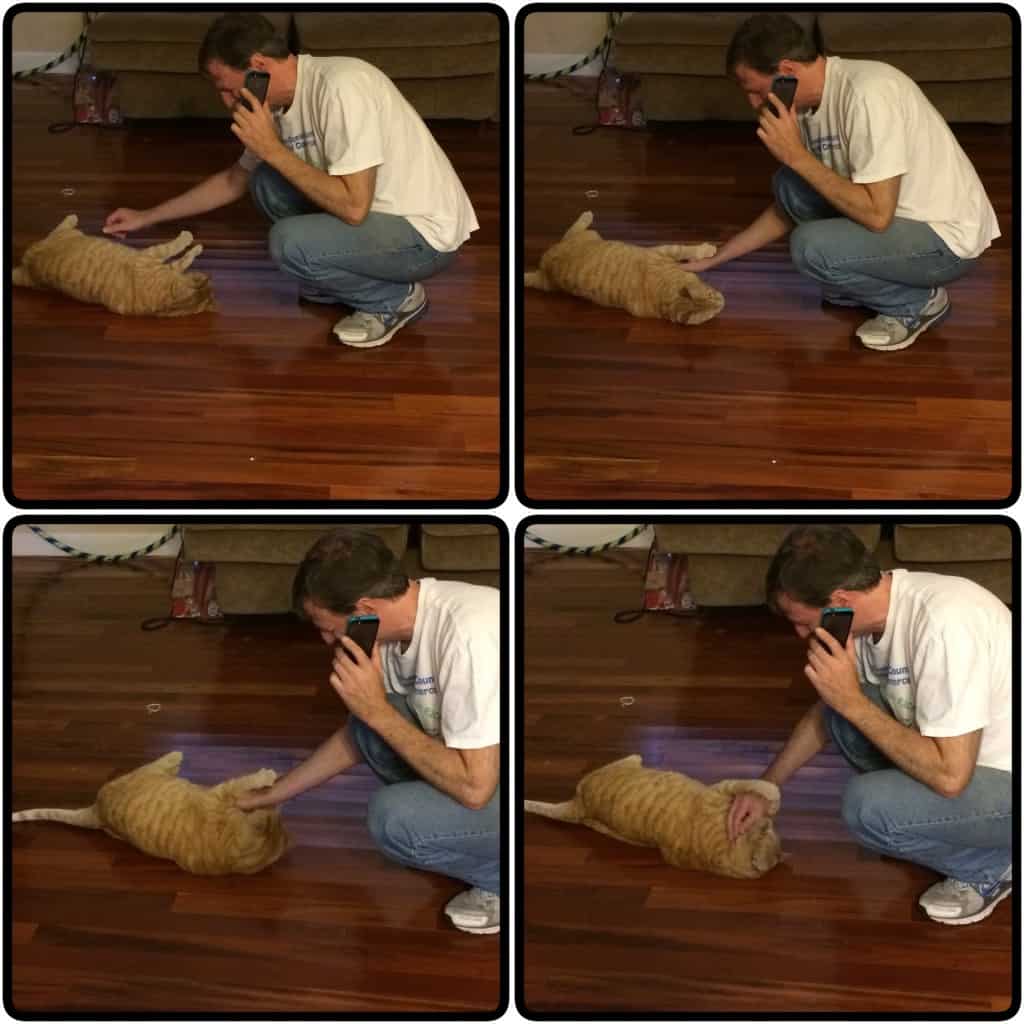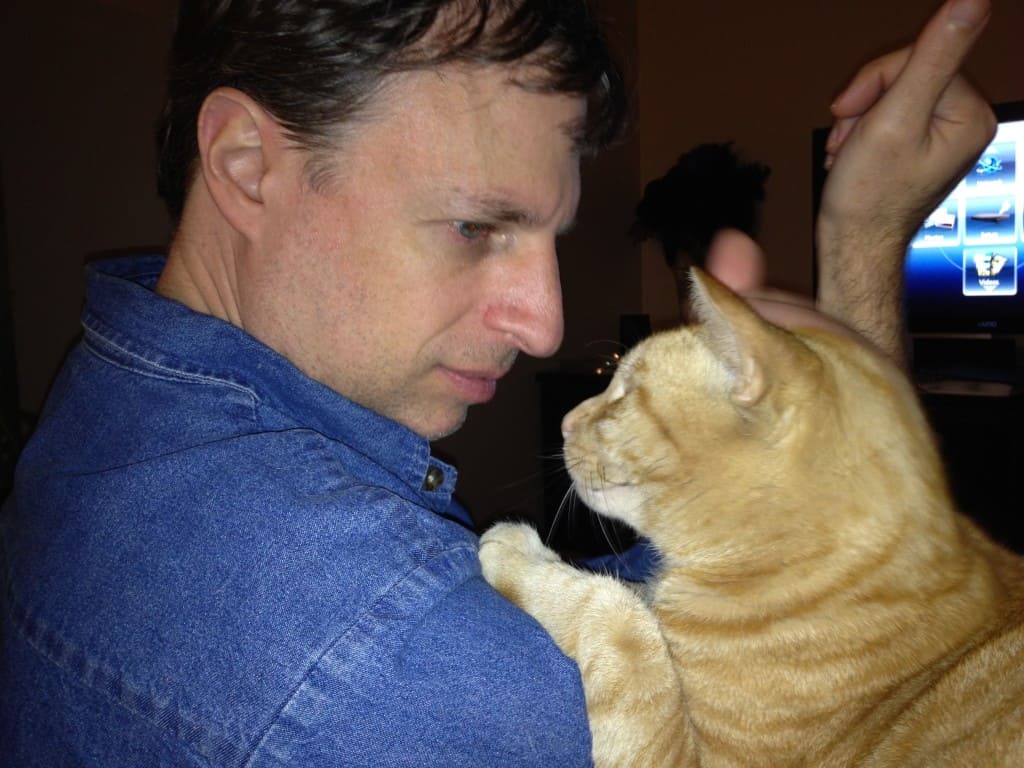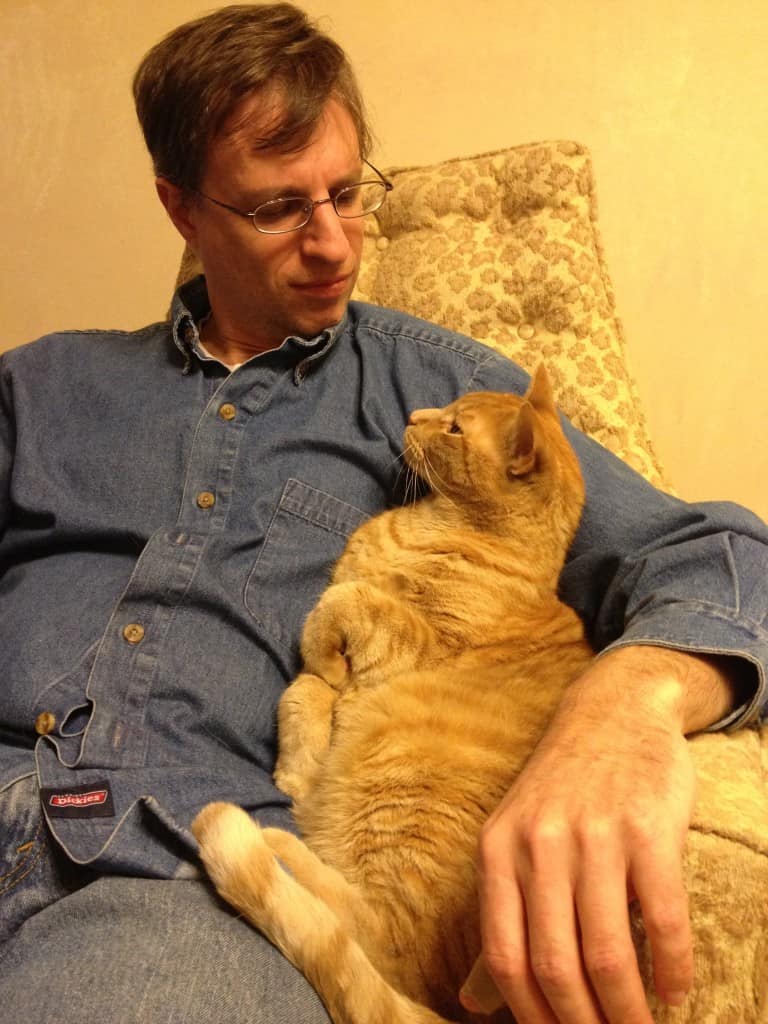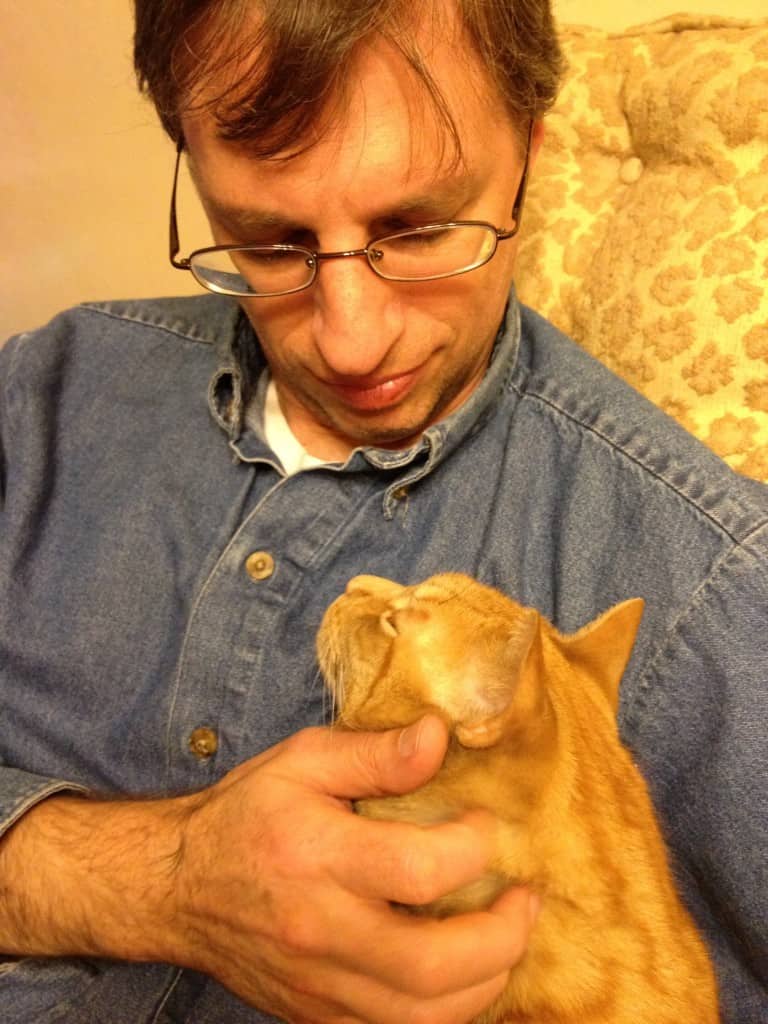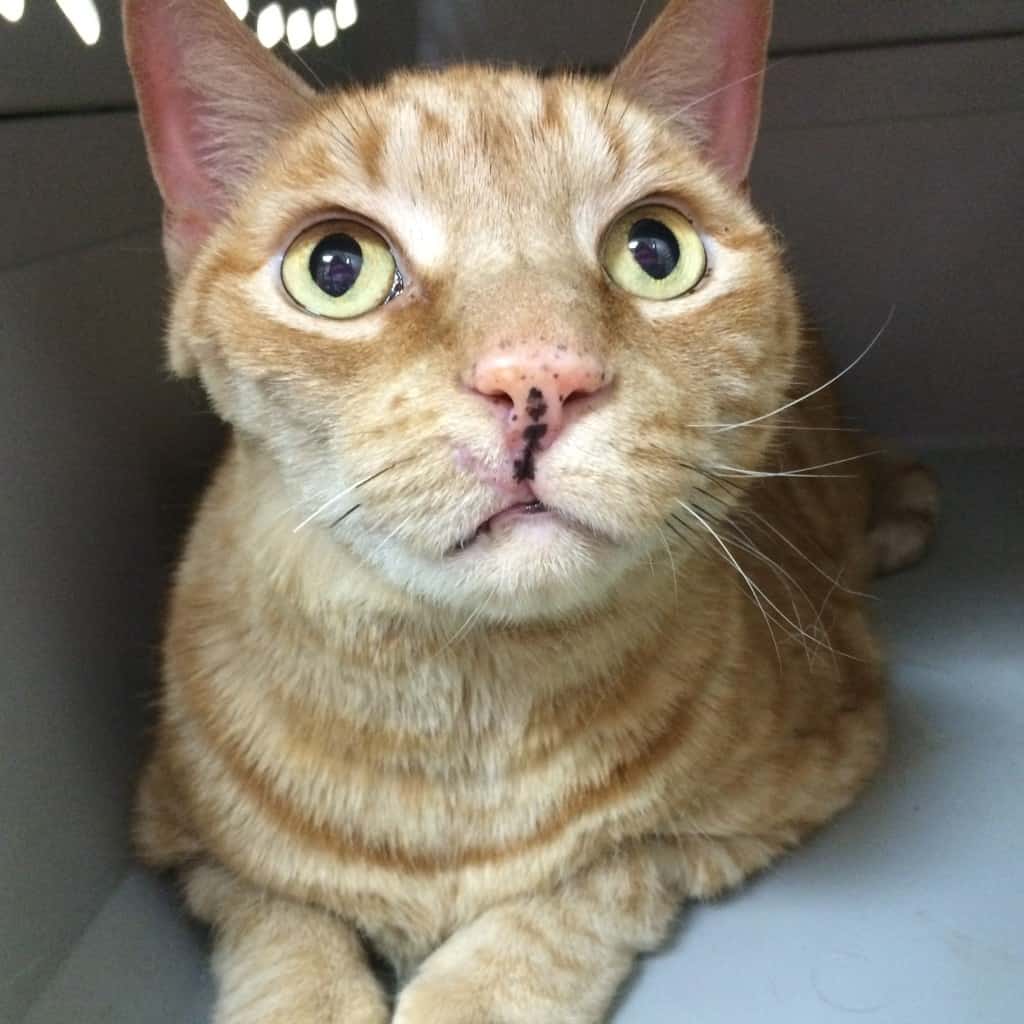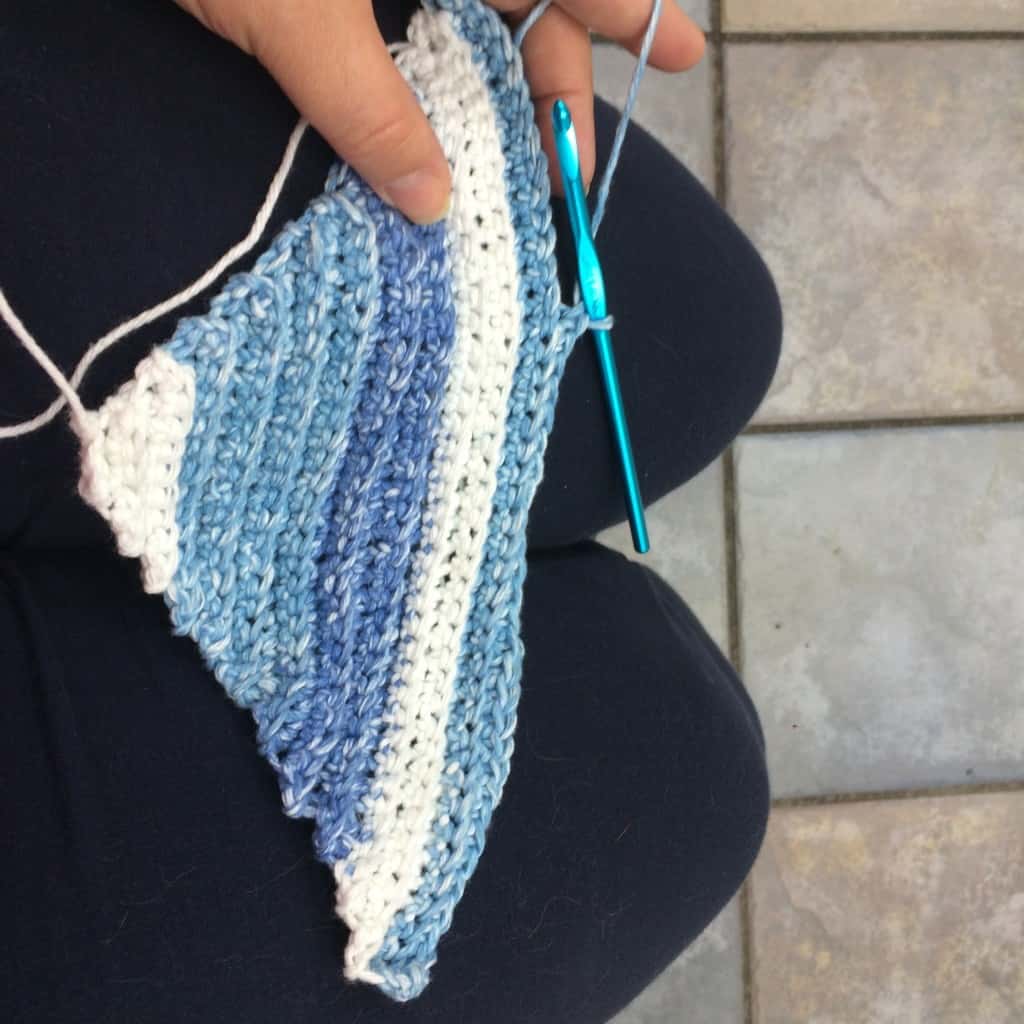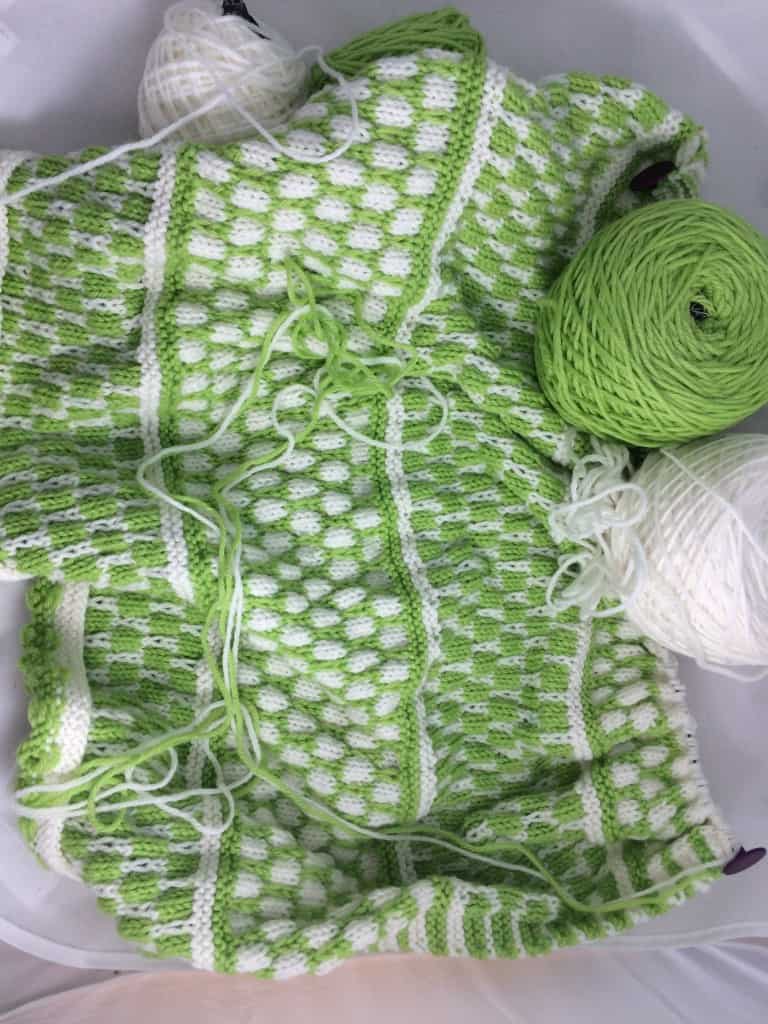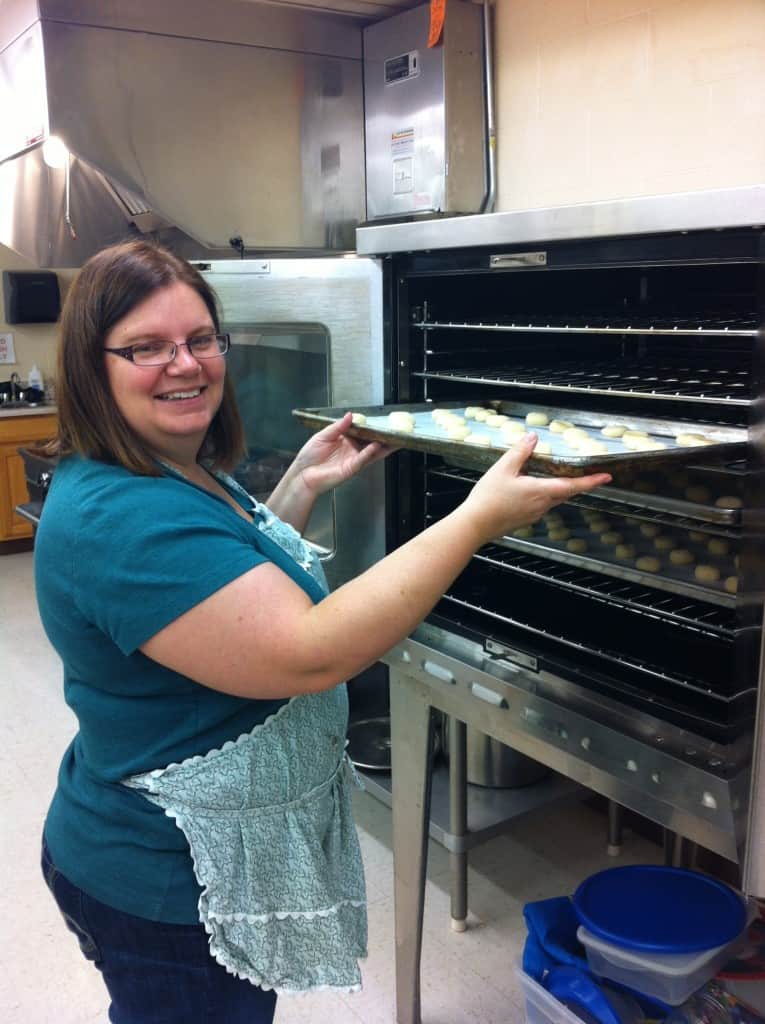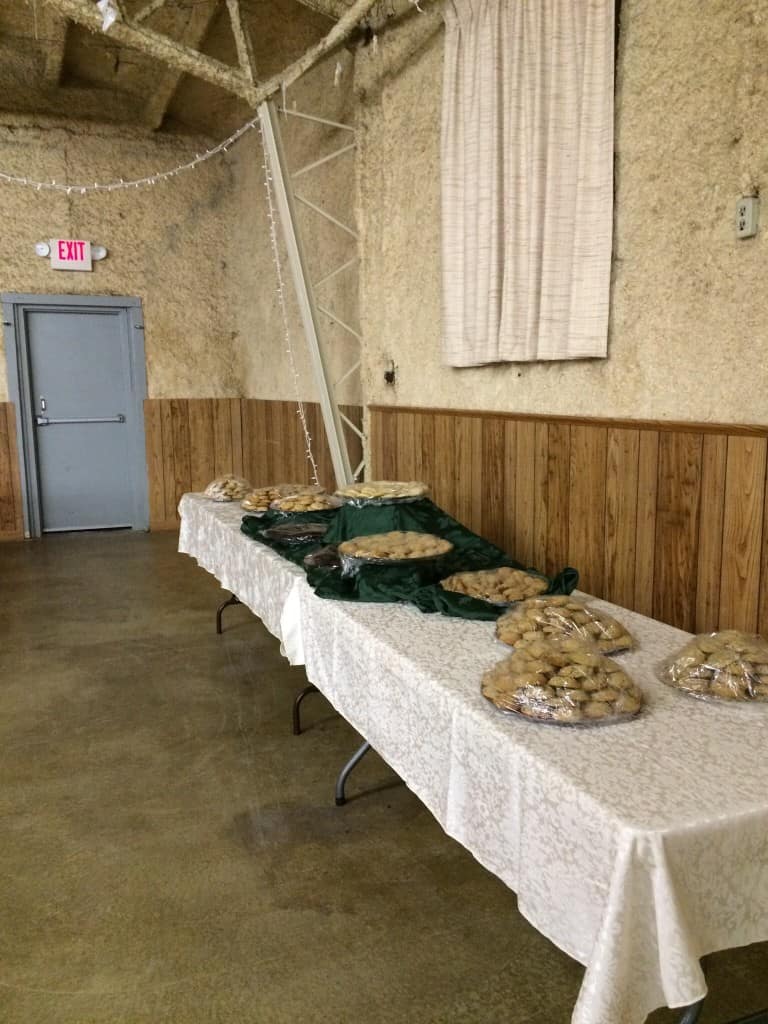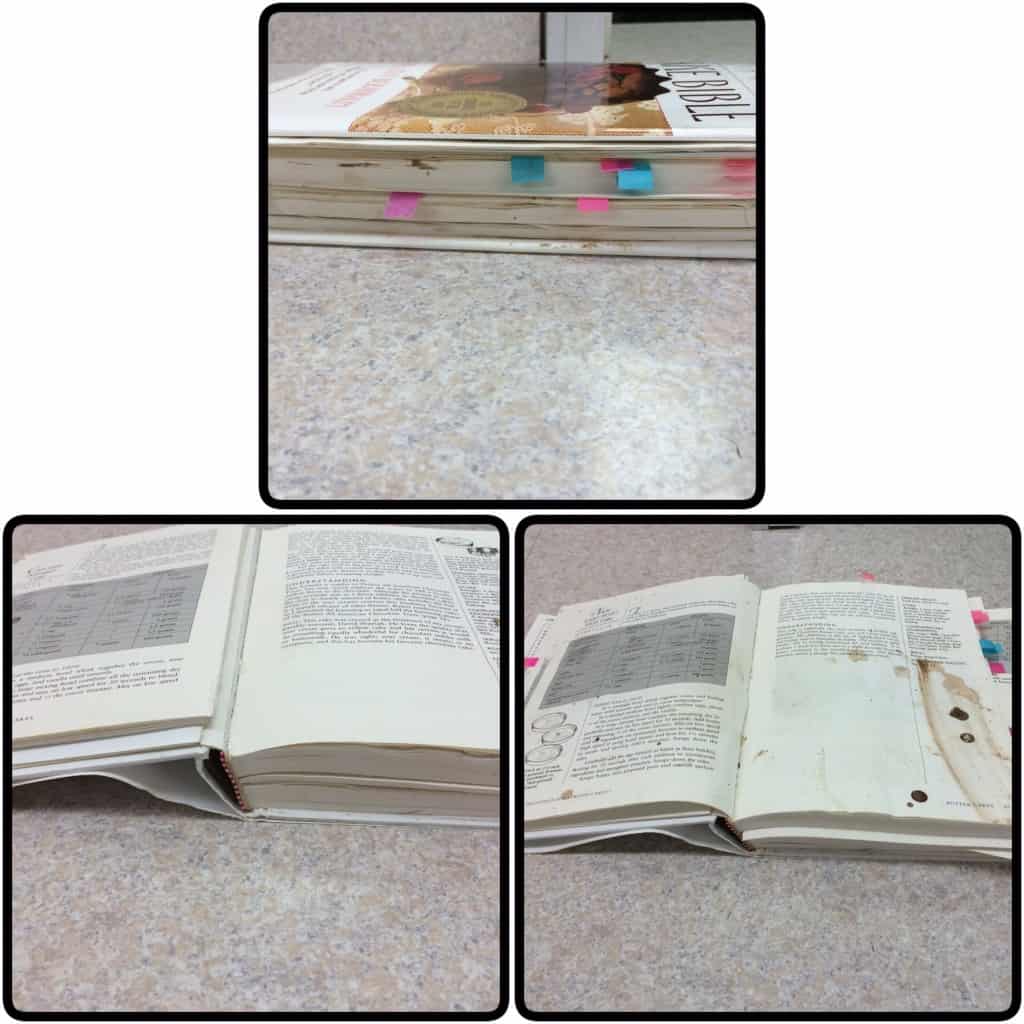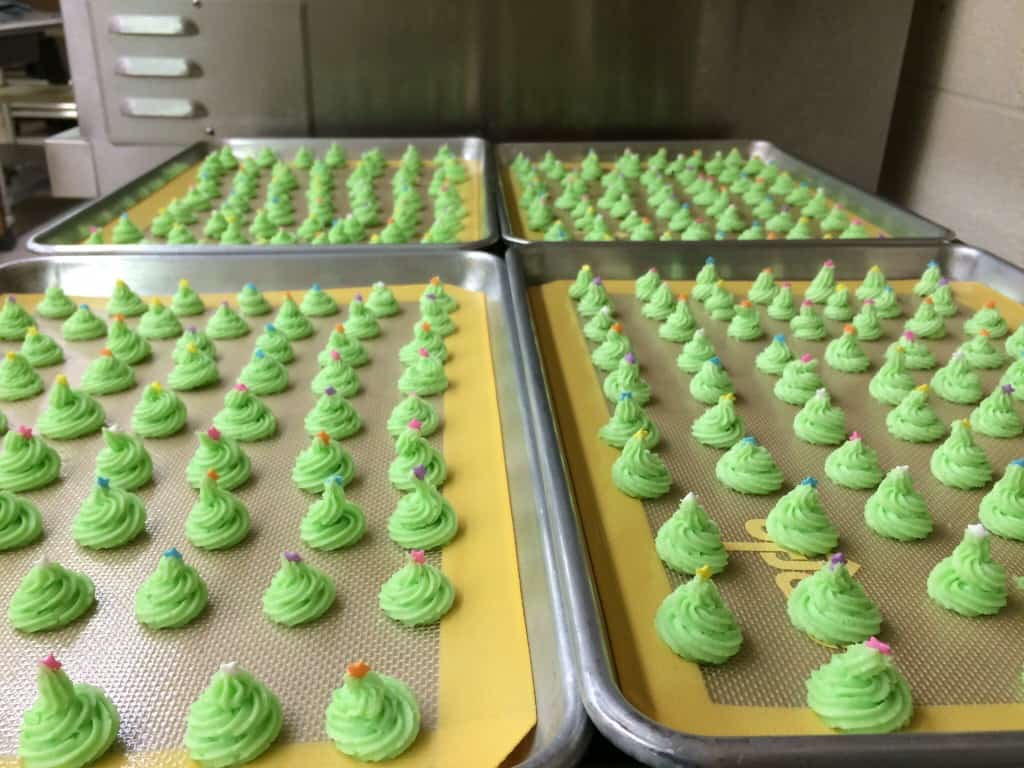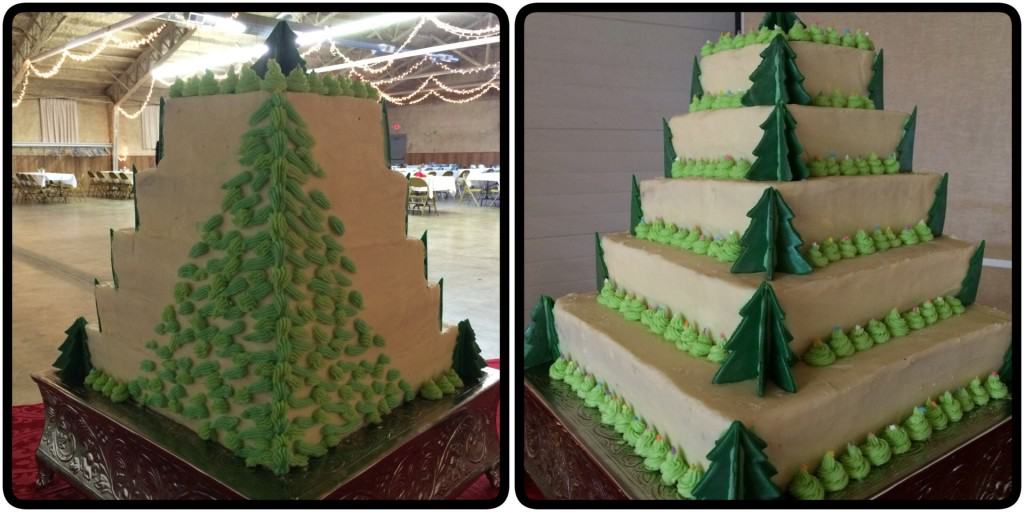“Why would you spend $25 on yarn to knit a pair of socks when you can buy a dozen pairs at Walmart for maybe $10?” Every crafter I know has been asked some variant of this question. Usually the crafter stumbles through a response, defending the reasons she or he chooses to work with fiber. Afterwards, the crafter might rant on Facebook or Ravelry about the latest inquiry they’ve gotten along this line and how non-crafters just don’t get it.
There are many wonderful reasons to craft with fiber; Franklin Habit’s recent blog post on Lion Brand Yarns site provides a far more eloquent explanation than I’m able to write and the comments on that post share many personal perspectives on the question. I believe it is valuable to share our reasons for crafting with fiber. Maybe you’ll inspire someone to pick up needles or hooks and yarn!
But perhaps you don’t want to share your personal perspective with the latest random stranger to comment on your work. Or perhaps you have a relative or co-worker who has commented multiple times and discounts the reasons you have given. For these circumstances, I propose the kind of practical, emotion-free response the Inquisitor seems to require: the Crafting Cost Per Hour (CCPH).
The Inspiration
I read Your Money or Your Life (Amazon affiliate link, Summary on author’s website) a couple of decades ago, when I was in my early 20s. The book offers a 9-step method for transforming our relationship to money. The book starts with the idea that we exchange our time for money. One step is to calculate exactly how much you are paid per hour. This amount isn’t the hourly figure your employer uses to calculate your pay. You add into your weekly hours the time you spent on work-related tasks like commuting and you deduct from your weekly gross salary the costs related to your job, then calculate your actual hourly rate based on these new figures.
For example, let’s say you work 40 hours per week and are paid $10 per hour for a weekly gross salary of $400. Perhaps your commute is 1/2 hour each way on public transit and you pay $80 per month = $20 per week for a monthly transit pass, which you use only to get to and from work. These commuting expenses and time mean that your weekly gross salary is reduced to $380 and your work hours increased to 45 hours per week. Your actual hourly wage is $380 / 45 hours = $8.44. The summary link above has a list of other work-related time and expenses that you can contemplate if you wish to calculate your own hourly wage.
In the Your Money or Your Life method, once you calculate your hourly wage, you then divide every expense you have by that hourly wage to determine how many hours of your life you traded for that item. Then you evaluate that item by asking yourself if the number of hours you traded for that item are as valuable as the item itself.
While I have not consistently followed the steps of Your Money or Your Life, some of the ideas have stayed in the back of my mind and, when I saw yet another post about a Cost of Sock Inquisitor, I was inspired to calculate what each hour of craft costs.
Basic Crafting Cost Per Hour
If you’ve purchased finished yarn and then knit, crocheted, or woven it into finished object, calculating the cost per hour is straightforward. Simply divide the cost of the yarn by the number of hours it took (or will take) you to finish the project(s) you will knit with that yarn.
$25 for sock yarn / 20 hours to knit socks = CCPH of $1.25 / hour
Some people try to convince you that spinning is even more expensive than knitting or crocheting. However, when looked at from the perspective of CCPH, that isn’t necessarily the case. If you purchased a 4 ounce braid of spinning fiber for $30, spun and plied it, then knit it into a pair of socks, your CCPH is lower than knitting socks with purchased yarn.
$30 for fiber / (8 hours to spin + 2 hours to ply + 20 hours to knit) = $30 / 30 hours = CCPH of $1.00 / hour
If you mostly just want to respond to Inquisitors, you can use the basic formula and create a rule of thumb for the projects you most commonly knit in public. Maybe your carry around project is always socks and you know about how long it takes you to knit a pair. Calculate your CCPH once for each type of project and you’re done.
Beyond the Basics
I know that many of you profess to not like math and for you, the basic crafting cost per hour will be sufficient to respond to the Inquisitor. Feel free to skip this section. But I happen to love math, and there are many knitters who love math also. Perhaps you might decide to calculate the CCPH for every project you do, just for fun.
We all know that our fiber crafting projects cost more than just the yarn or fiber for that project. We have costs for tools, classes, storage. We also know that the benefits are more than just the finished project. We spend time with friends while we craft. We watch less TV, or TV time is productive because we are crafting, not just sitting. These costs and benefits are variable, personal, and more difficult in the accounting. However, these types of variable and personal costs are considered in the Your Money or Your Life method, and I believe we can consider them in our context also. I’m only going to explore two factors — tools and time — in depth, but use this as inspiration to think carefully and creatively about the costs and benefits associated with your fiber crafting!
Tools
If we choose good quality tools, fit to the task, they will last for a long time. So how do we account for them in calculating CCPH. I have two thoughts on this, depending on if they are small tools (needles, hooks, etc) or large tools (looms, spinning wheels, etc). For small tools, I’m inclined to include them in the cost of the first project I make with them. If I buy a second US 1 needle so I can knit my socks on two circulars, the cost of that needle can be added to the cost of that sock project. From then on, the use of that tool is free.
Large tools need to be depreciated in some way. Pick the time period over which to depreciate the tool — a year, two, three, four, five — whatever you prefer. Divide the cost of the tool by the number of years to determine your cost per year. Whenever you use the tool, keep track of how long you use it. Keep a running total of the number of hours you use it as well as the number of hours used on a specific project. At the end of the year, divide the cost per year by the number of hours you used the tool that year to determine your hourly cost for use of the tool. For each project using that tool, multiply the number hours of use by the calculated hourly cost of the tool. Once you come to the end of your depreciation period, use of the tool is free.
I made a quick little Google spreadsheet to illustrate the depreciation of my spinning wheel, a Kromski Fantasia. I bought the wheel in 2013 and I’m not going back to look at all the projects I’ve done on it. I’m just using two projects as an illustration here. My first thought was to depreciate the wheel over 5 years. Here’s what that spreadsheet looks like:
Even with the use of a relatively expensive tool, and a modest amount of use of the tool (less than 1.5 hours / week), each project’s cost per hour of crafting is modest. What happens if we decide to depreciate the spinning wheel over just one year, still with the same modest use of the wheel?
While the cost per project and CCPH at least triple, the CCPH is still incredibly low. On a per hour basis, depreciating the spinning wheel over one year with less than 1.5 hours use in a week, costs about the same as going to a movie in the theater. Once I’ve finished depreciating the wheel and the use of it no longer counts in my cost per project, the CCPH of my spinning projects will be pennies.
Obviously, this calculation will vary wildly depending on the price of the tool, the time period you choose for depreciation, and your actual use of the tool after you purchase it. But that’s to be expected. I’m just offering a way to capture this cost on a per project basis. And perhaps a useful analysis to justify the purchase of your next loom or spinning wheel!
Time
I think the total time for a project can and should be increased to account for the other benefits we receive from pursuing our fiber crafts. This might sound like cheating, because you will be double-counting time, but let me see if I can convince you otherwise. I can knit or crochet or spin or weave in a variety of circumstances. I might be at home alone, doing nothing but knitting. I might be home with my husband, watching TV in the evening. I might be in public, doing a demo where I am specifically looking to interact with people and explain what I’m doing. I might be in public, waiting for an appointment to start or flying on a plane. I might be hanging out with friends, at knit night, at a retreat, or in a cabana by the river (like I was yesterday).
Each of these scenarios offers me benefits that aren’t specifically related to my fiber crafting. Time that might otherwise be wasted feels productive. Friendships grow, providing a sense of emotional well-being. I get some down time and to be outside. I don’t have to be fiber crafting to get these benefits — I could hang out in a cabana by the river with friends and just chat all day without doing fiber crafts at the same time. Fiber-crafting while also accruing these other benefits is multi-tasking. Therefore, the time should count more than once — the first time it counts as time accrued for the finished product and the next time it counts as time accrued for process.
In addition, double (or perhaps triple or quadruple) counting time builds into our equation, and our response to the Inquisitor, all the very personal reasons why we knit. We can give what sounds like a practical, emotion-free, by-the-numbers response while simultaneously honoring rather than denying the real soul of our work. We don’t have to share all those details with the Inquisitor — that would defeat an important purpose of the CCPH calculation — but we know we’ve included, rather than denied, what is truly important to us.
The amount of time to count for these extra benefits is up to you. If I’m waiting for an appointment or knitting while watching TV, I’m unlikely to double-count all that time. In these instances, I’m turning otherwise unproductive time into productive time by knitting. This time is tied very closely to the product rather than the process. It’ll take 20 hours to knit these socks, regardless of circumstances, and I’ve just captured a particular piece of those 20 hours. In the case of knitting while watching TV, did I turn the TV on as background for my knitting? Or would I watch TV anyway? Either way, I’m not getting a huge amount of value out of the TV watching. Maybe I’ll double-count 25% or 50% of the time.
On the other hand, when I spend a day fiber-crafting in a cabana by the river, I am receiving multiple benefits above and beyond the fiber work. I’m outside, which is a huge benefit in and of itself. I’m with friends. Maybe I should triple-count all the time I’m crafting at the river. And even when I’m not actively fiber crafting, because I’m grilling burgers or eating, I still count that time towards my project because I wouldn’t be there if it weren’t for the fiber.
The important thing here is to honestly account for the benefits you are receiving from the fiber crafting. You don’t have to justify yourself to anyone else. You just need to be honest with yourself.
A New Response
Now you’re ready for the next time someone asks, “Why would you spend $25 on yarn to knit a pair of socks when you can buy a dozen pairs at Walmart for maybe $10?”
Rather than rolling your eyes and explaining all your personal reasons for knitting, try this: “You’re looking at it through the wrong lens. It’s true that I don’t have to knit. I do it as a hobby that brings me great joy. And when viewed that way, it is incredibly inexpensive, especially when compared to other entertainment. This yarn might cost $25, but it’s going to take me 20 hours to knit these socks, which means I’m paying only $1.25 per hour of entertainment. What other entertainment is so inexpensive?”

